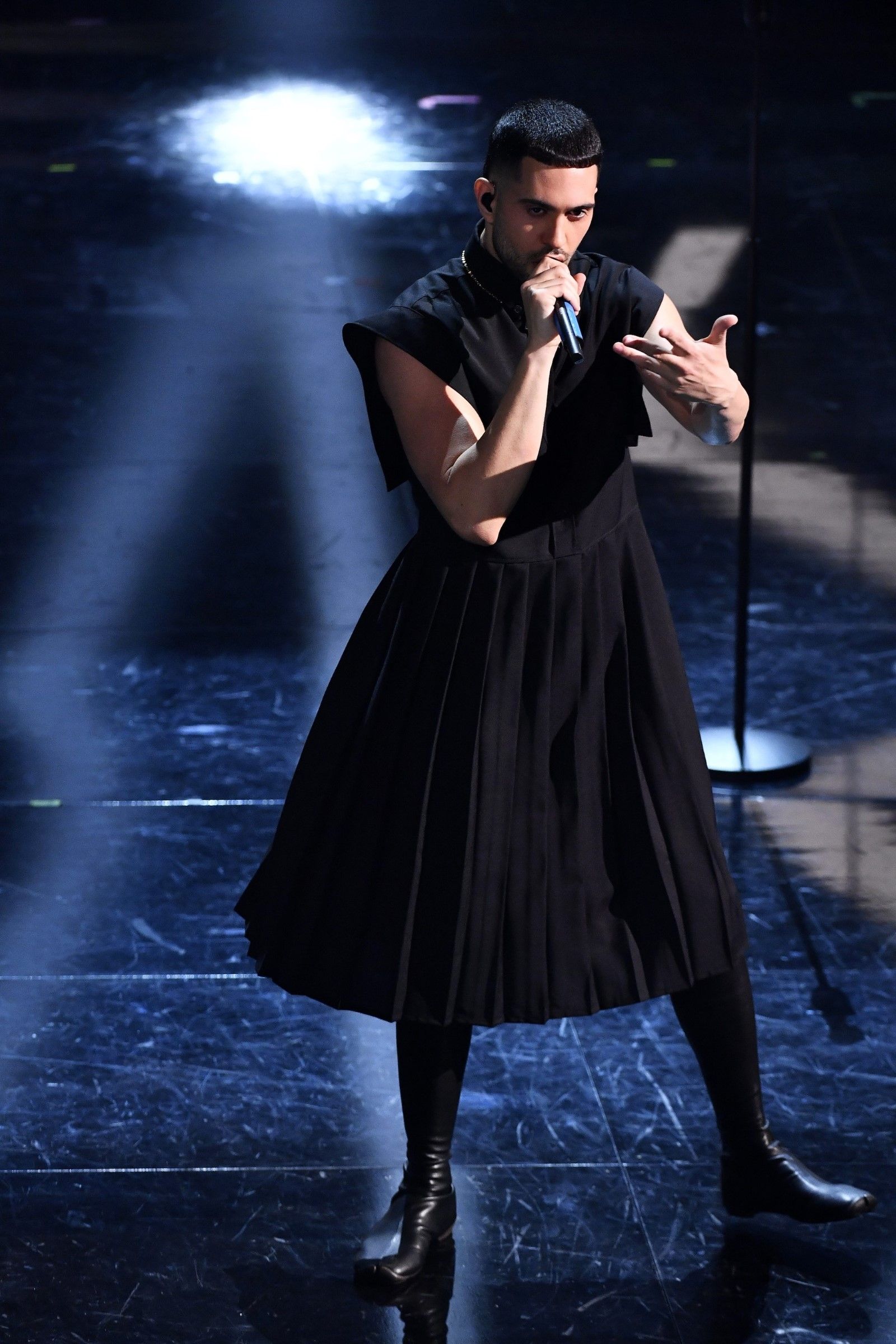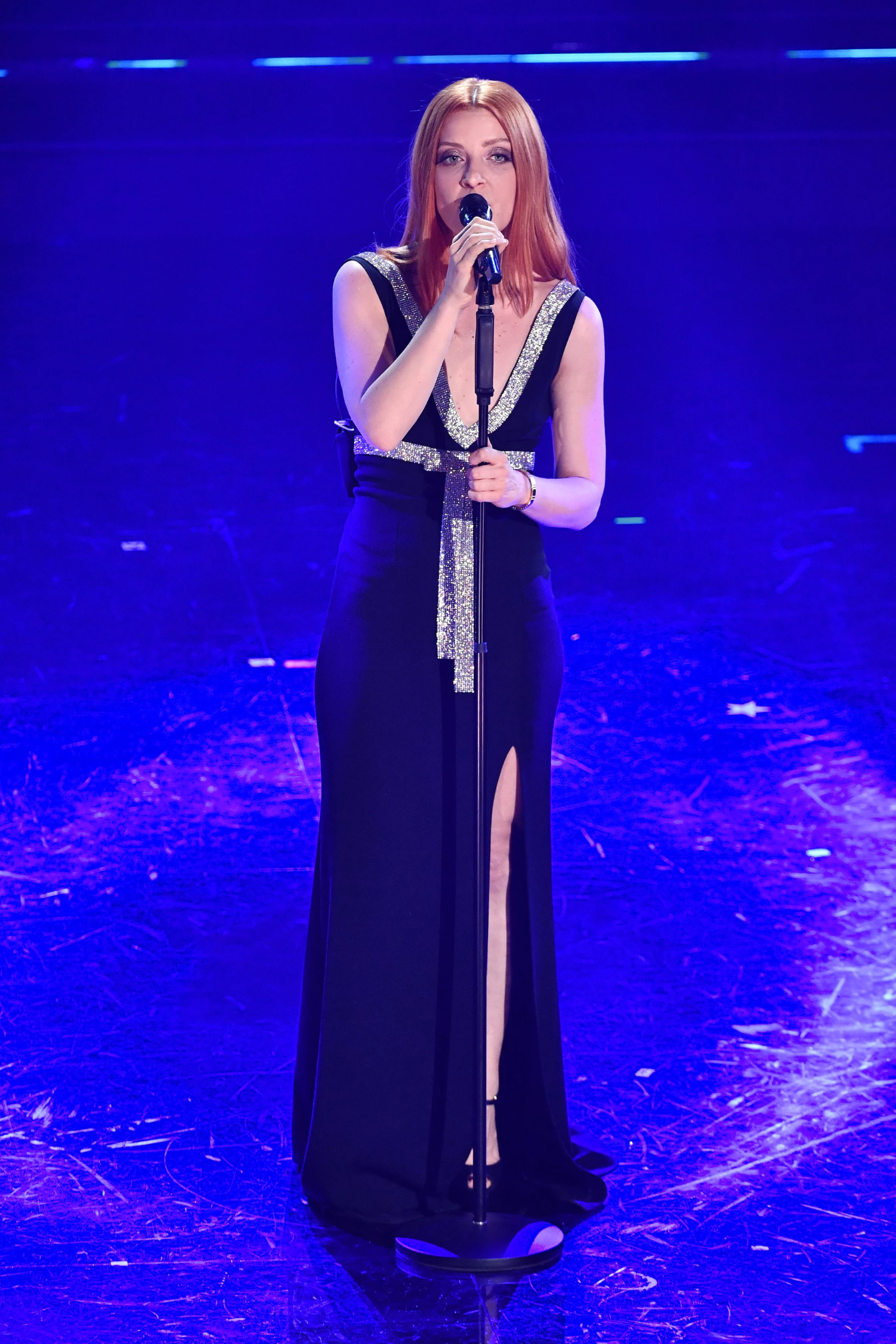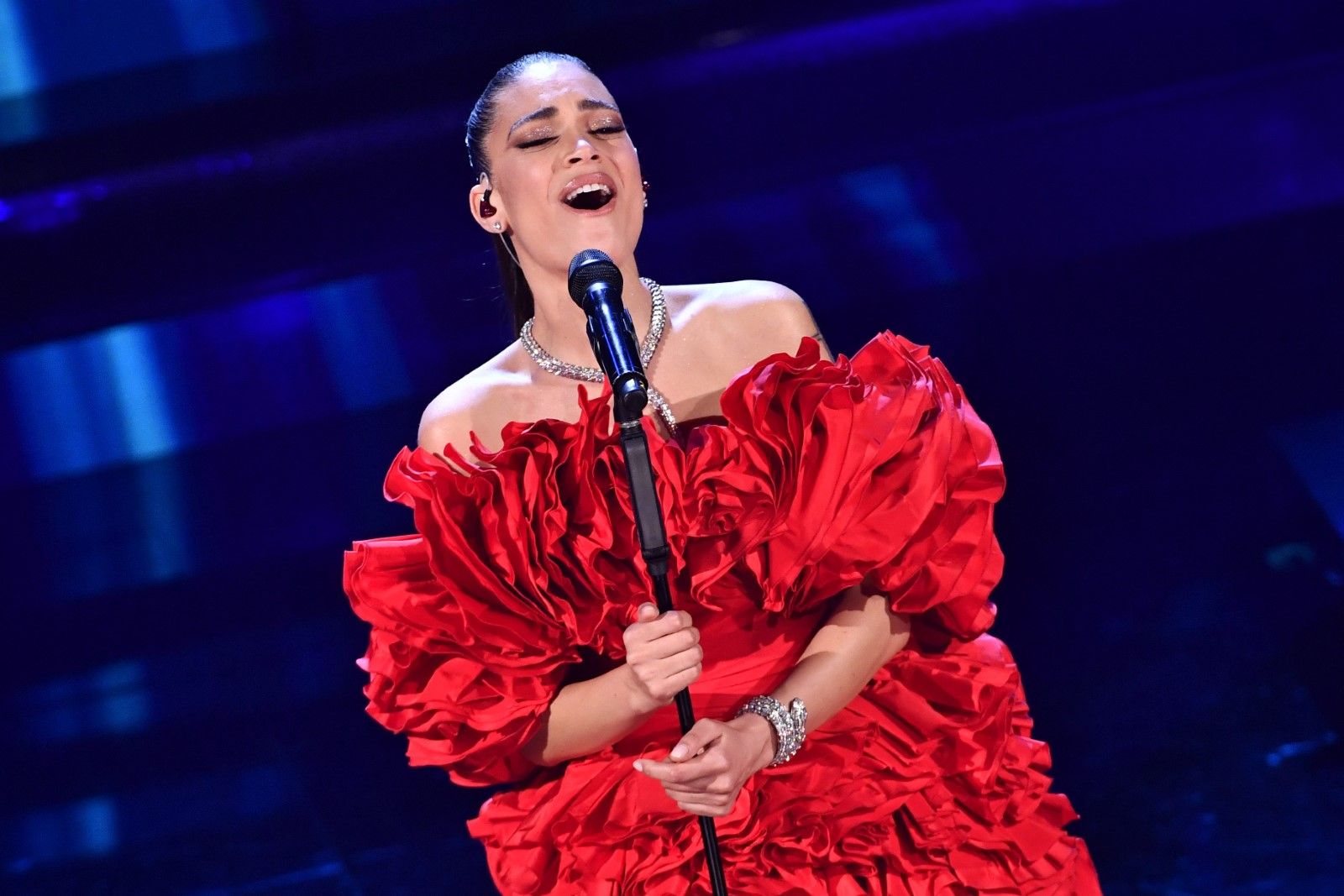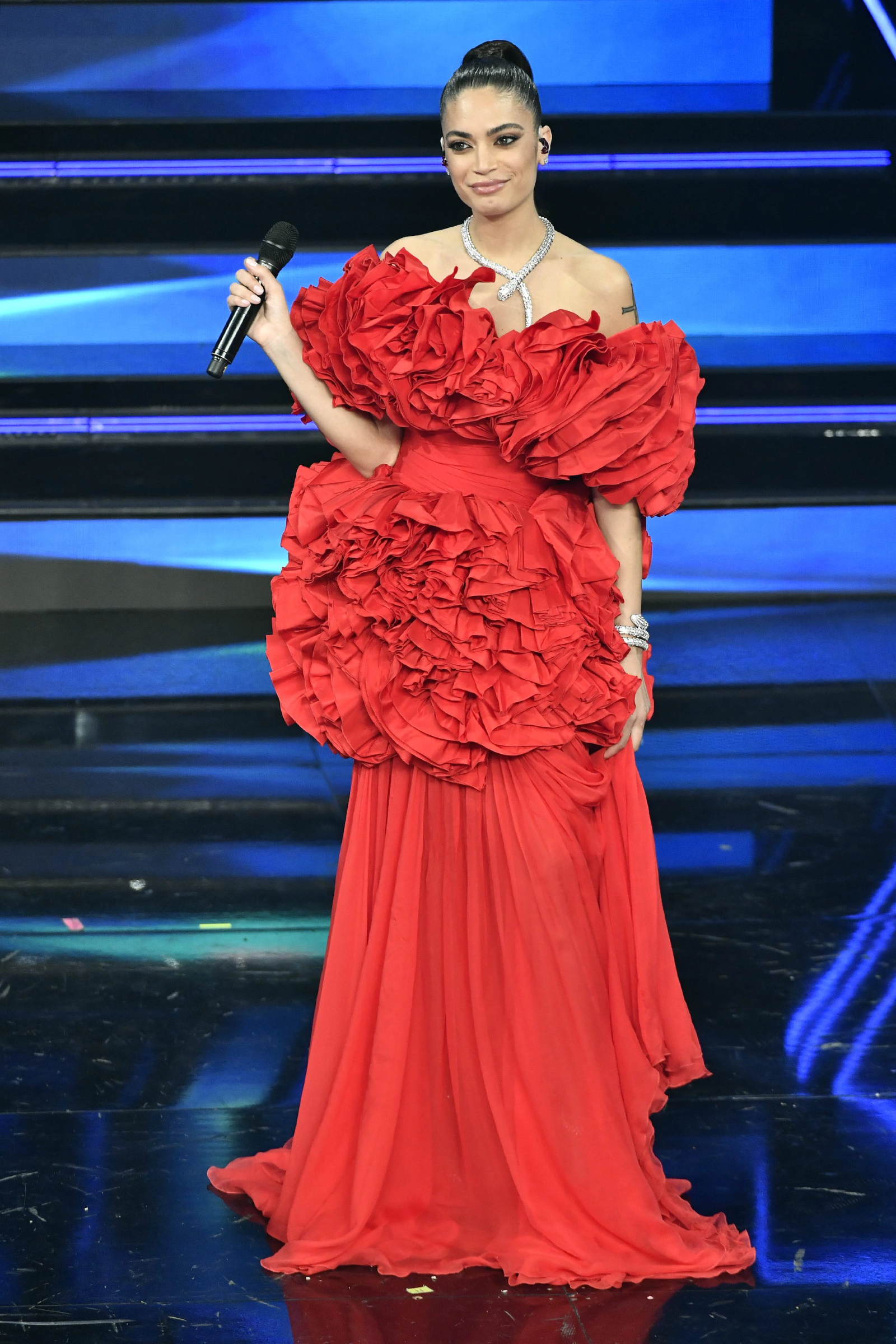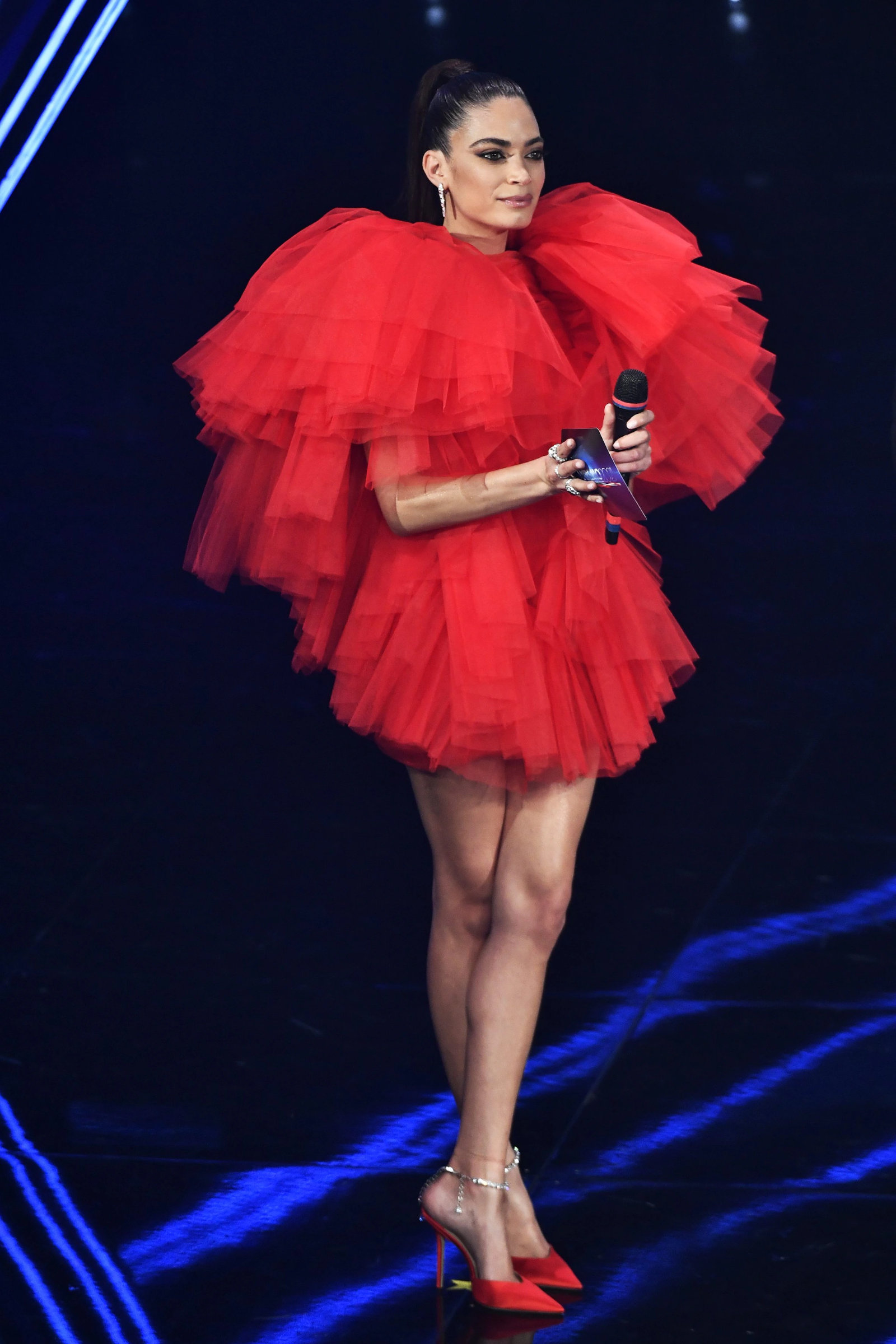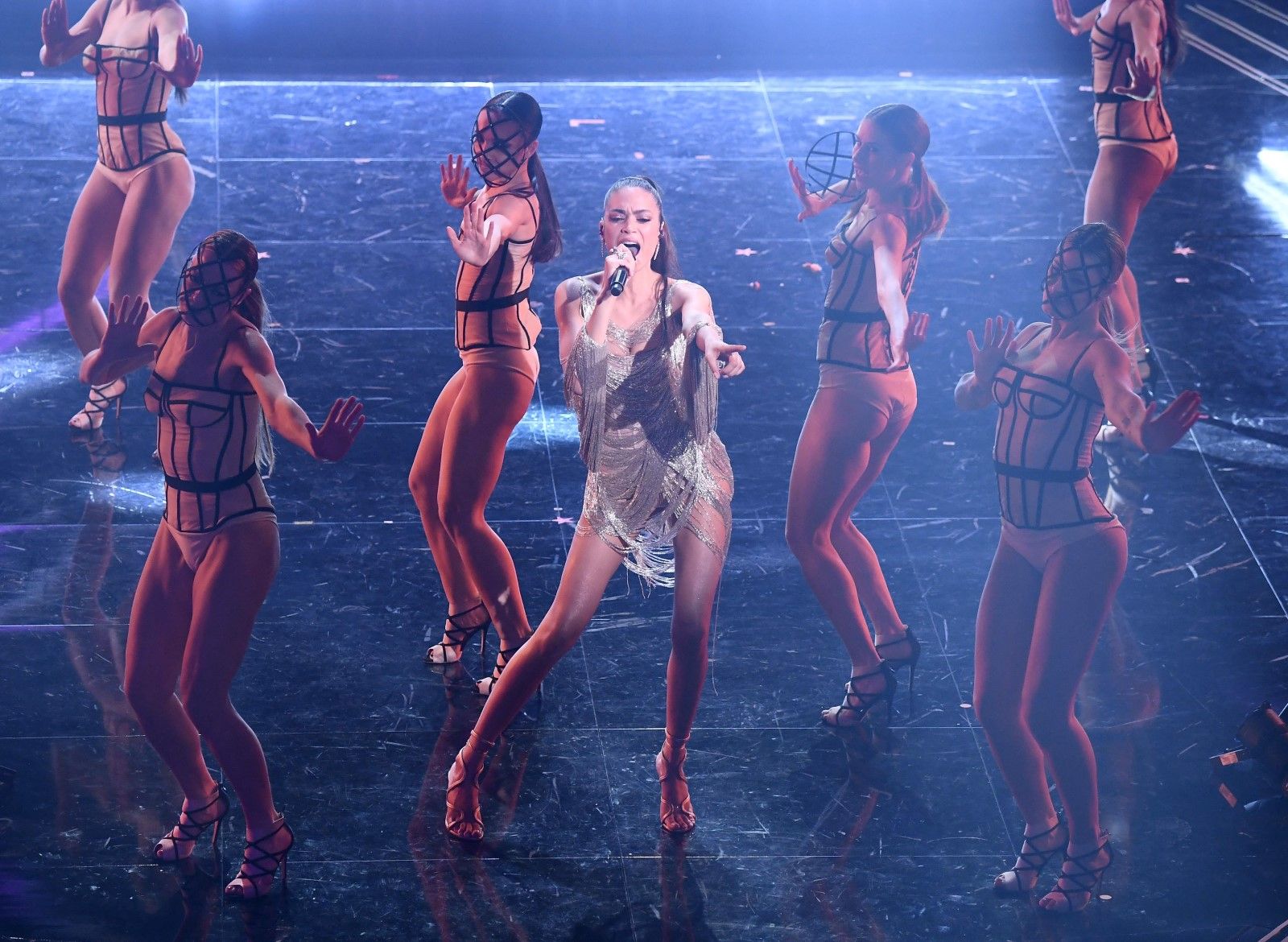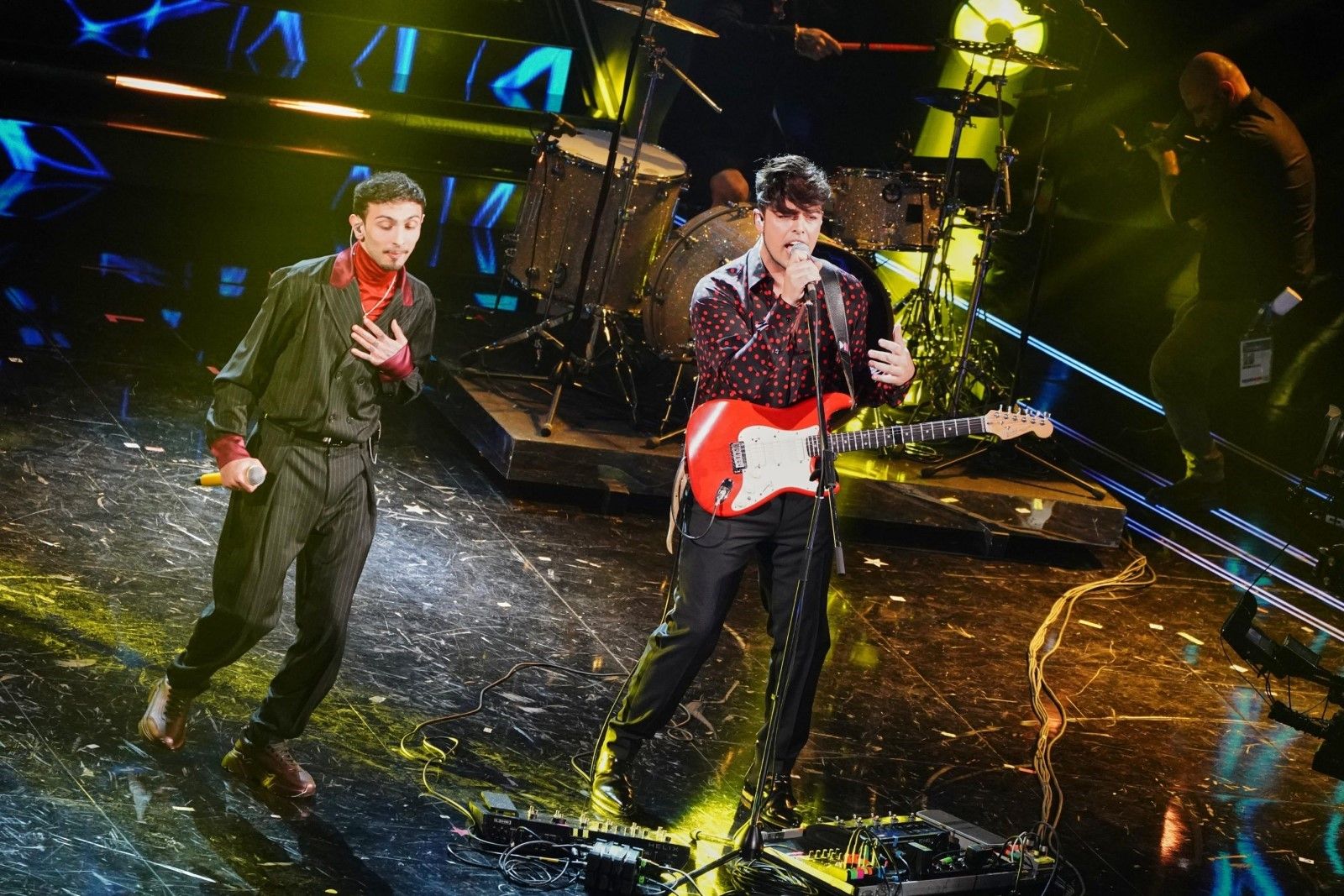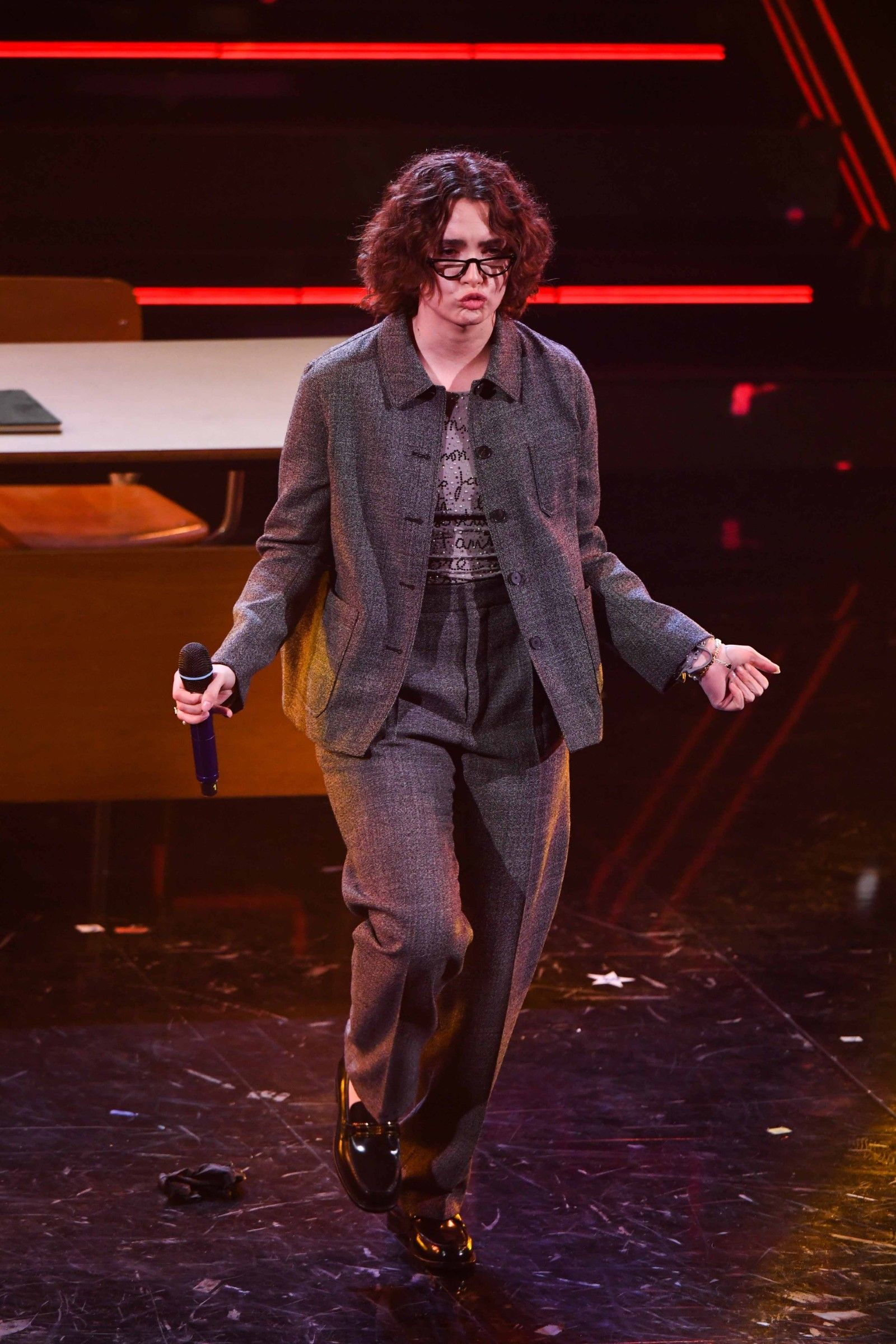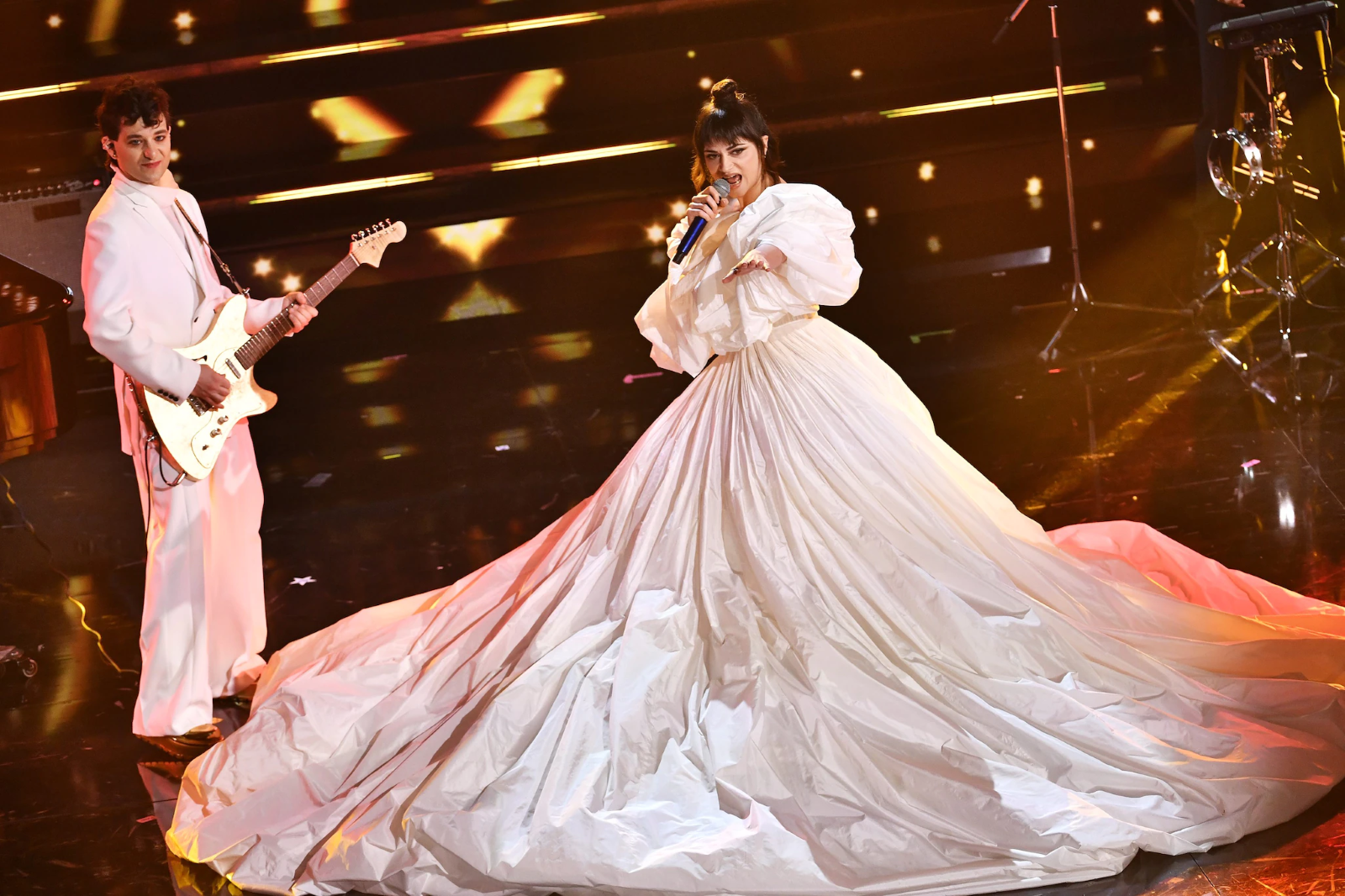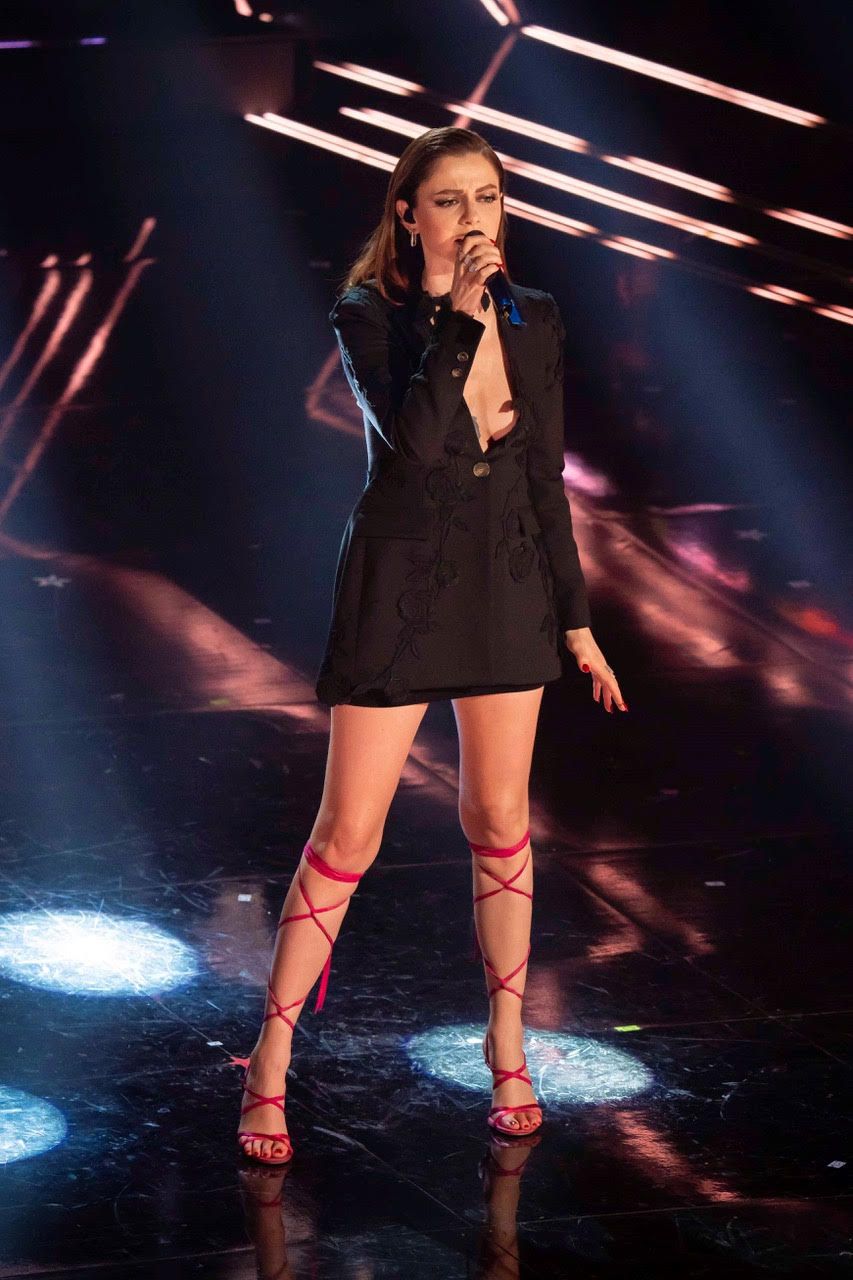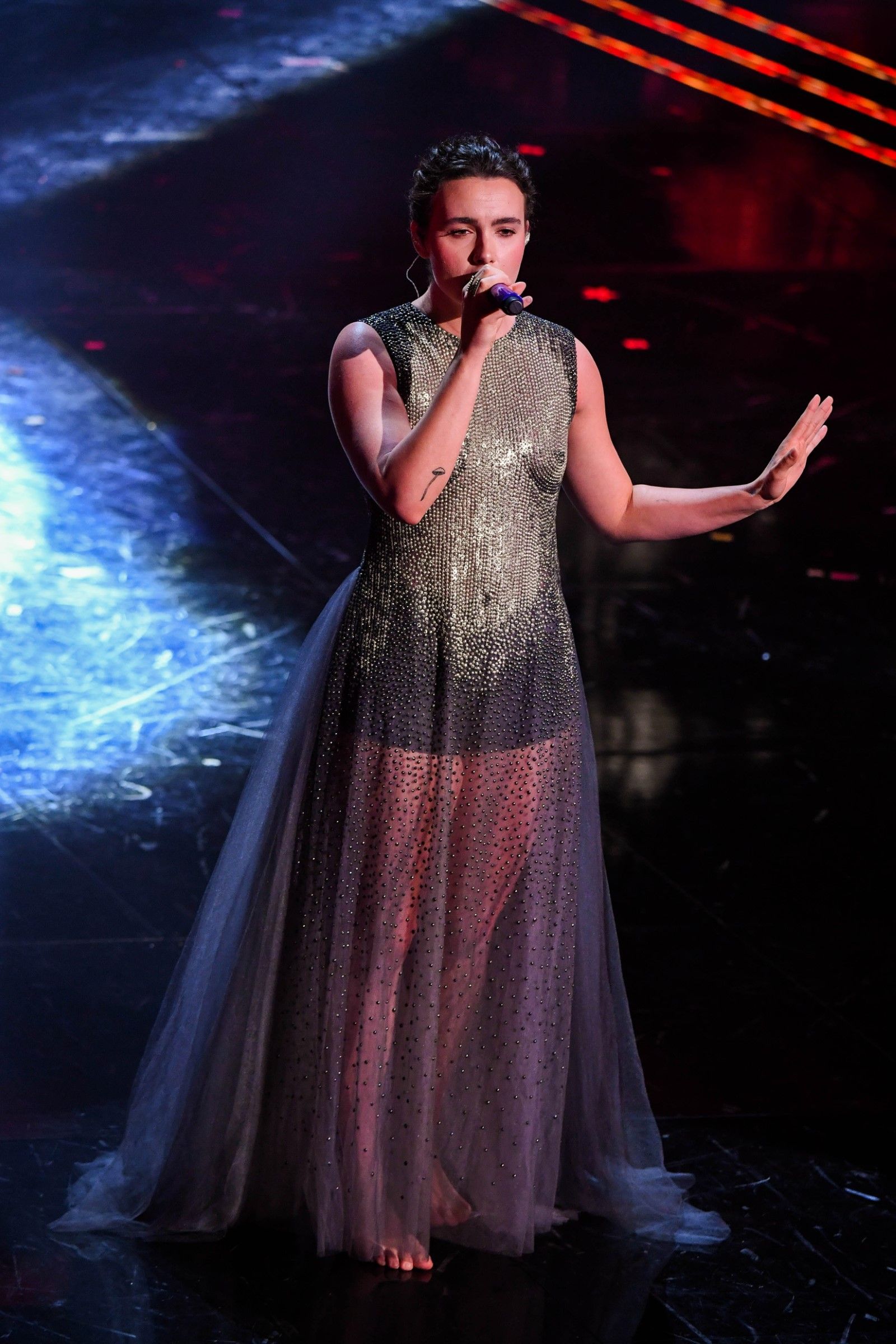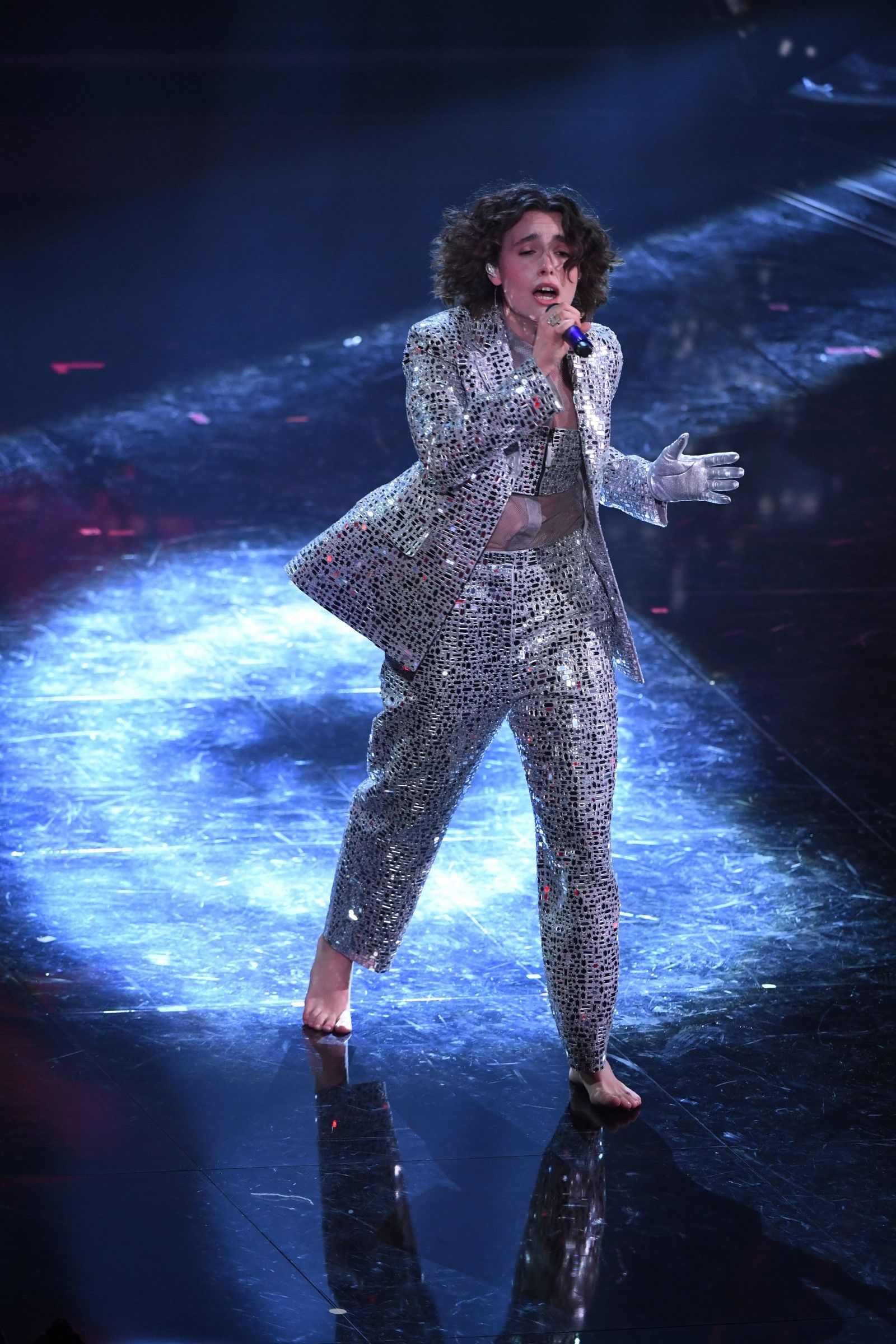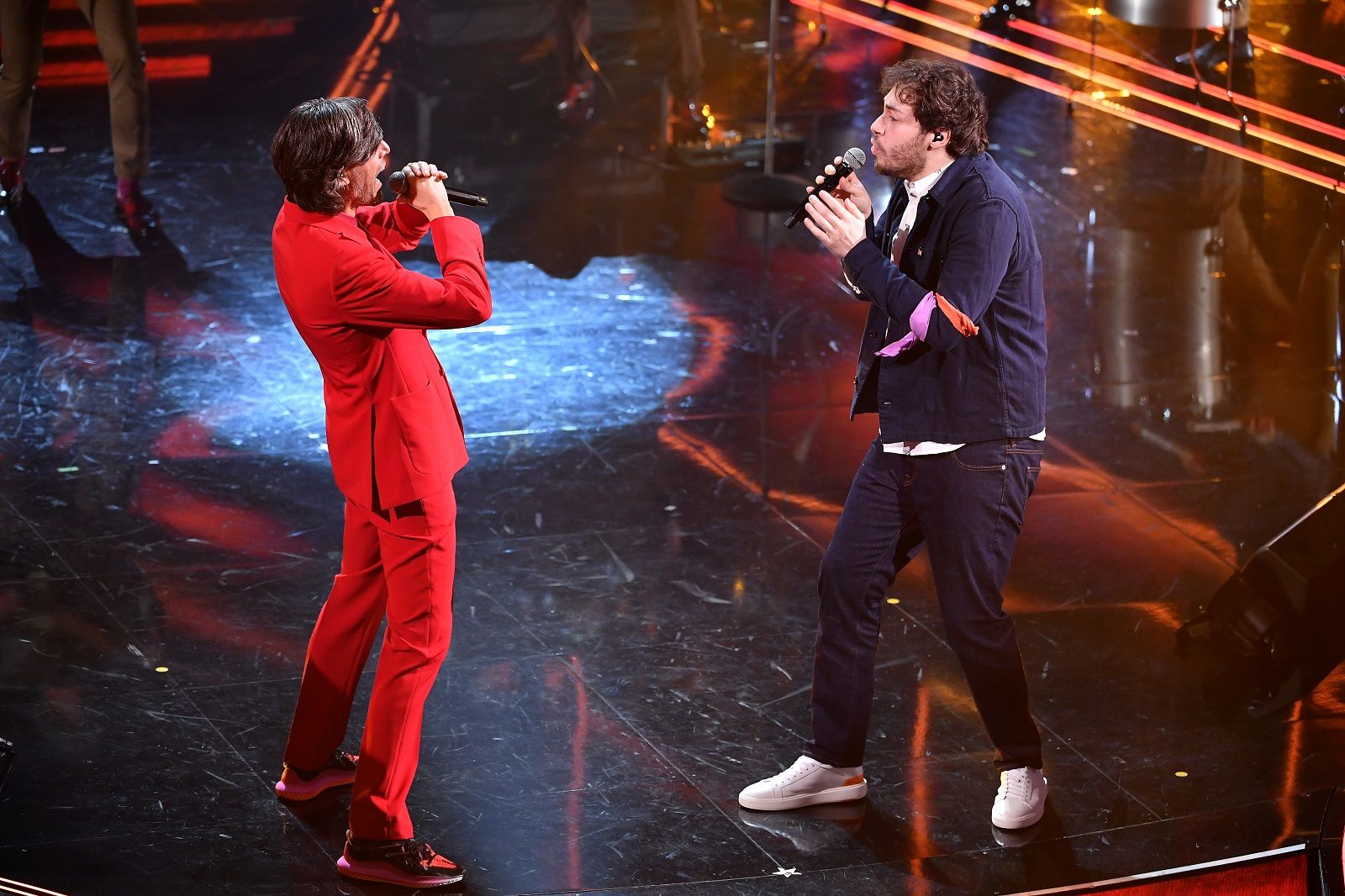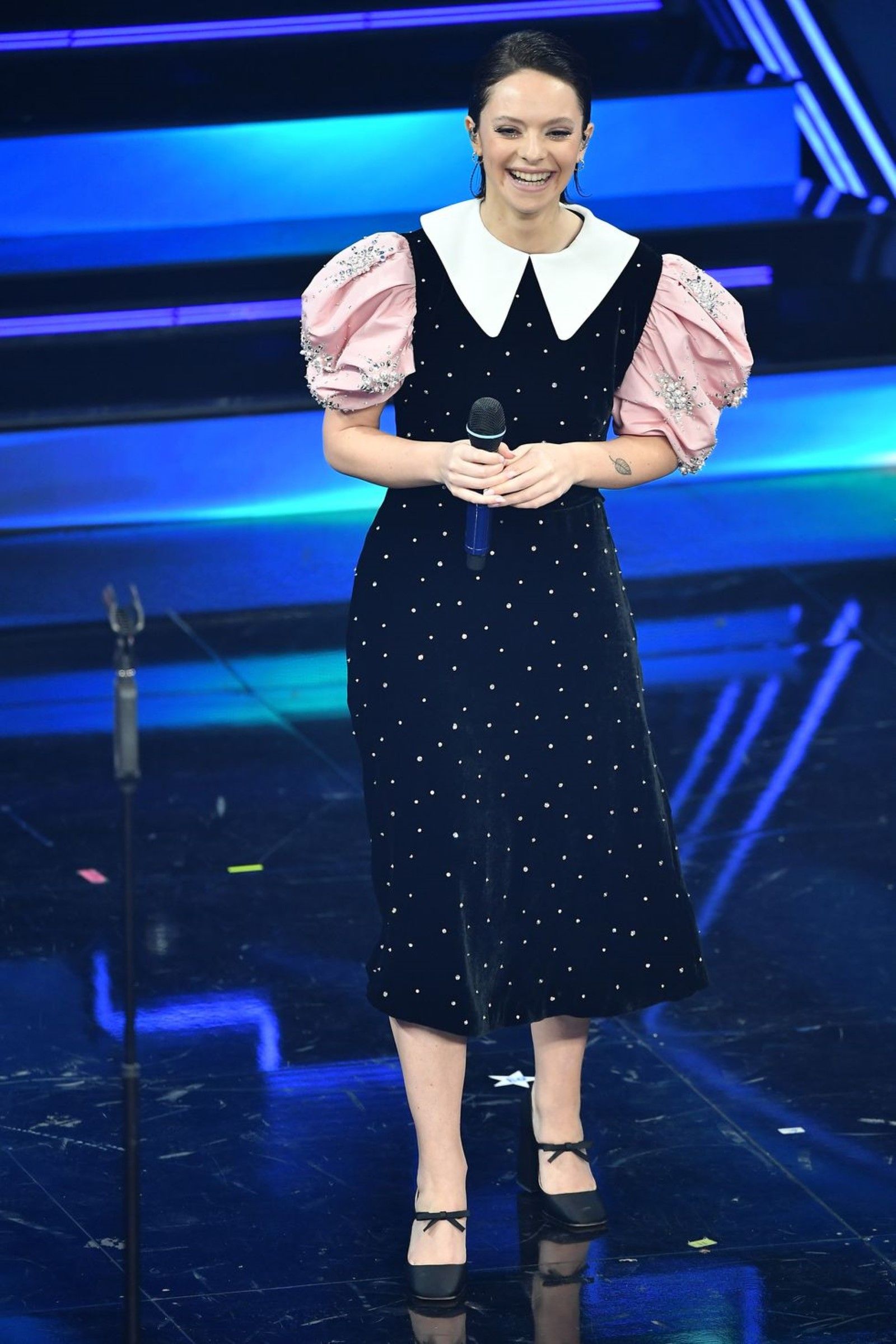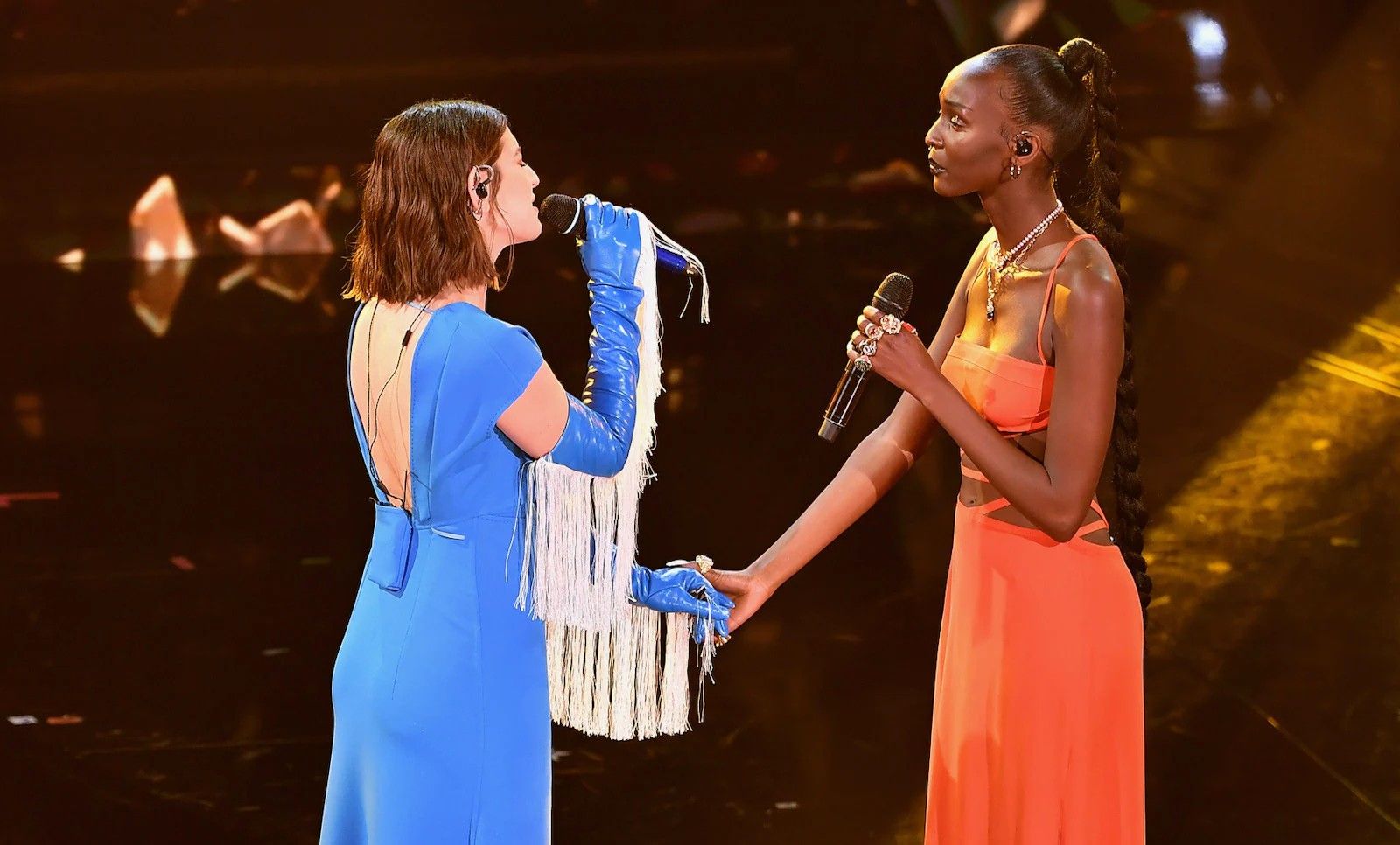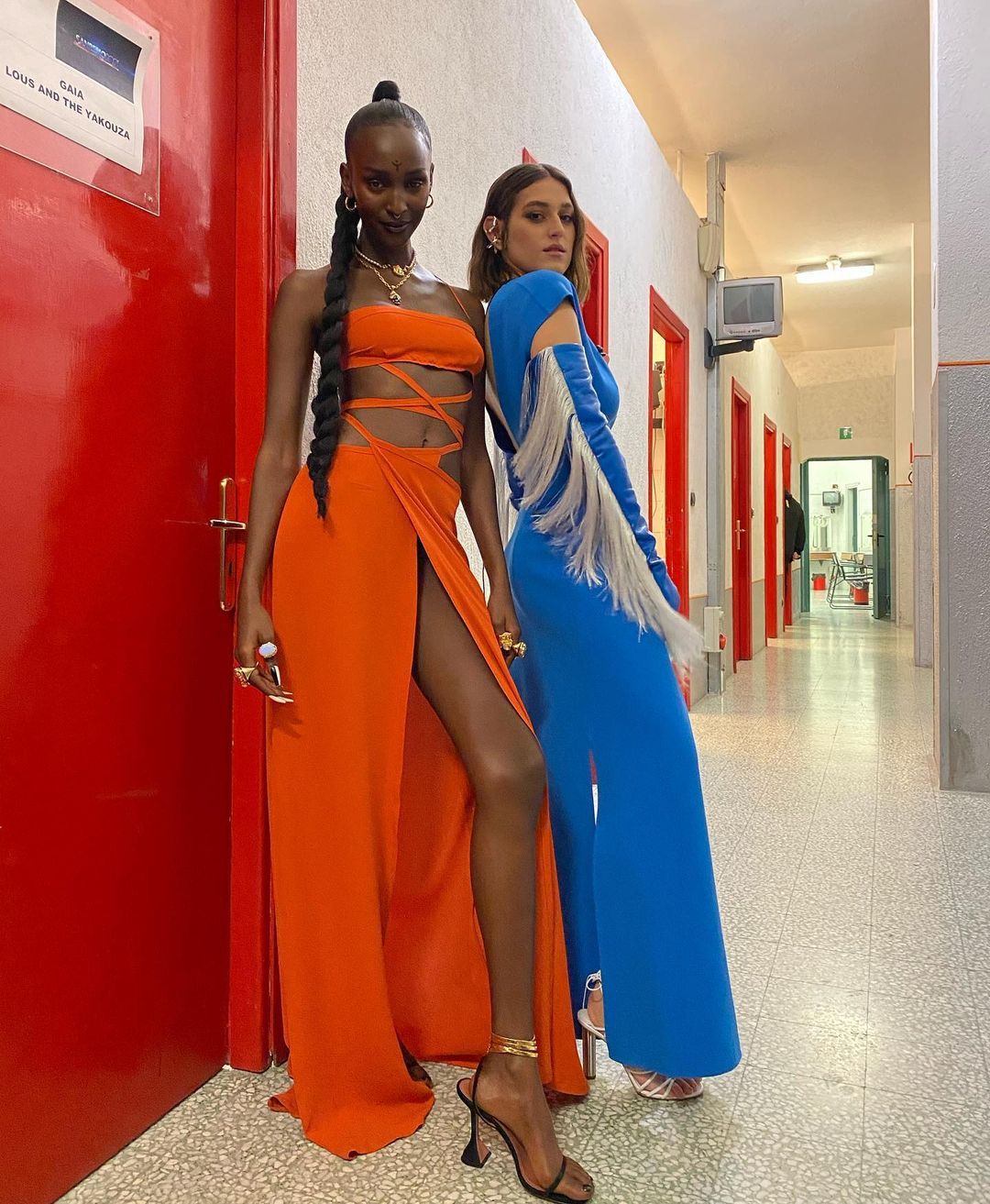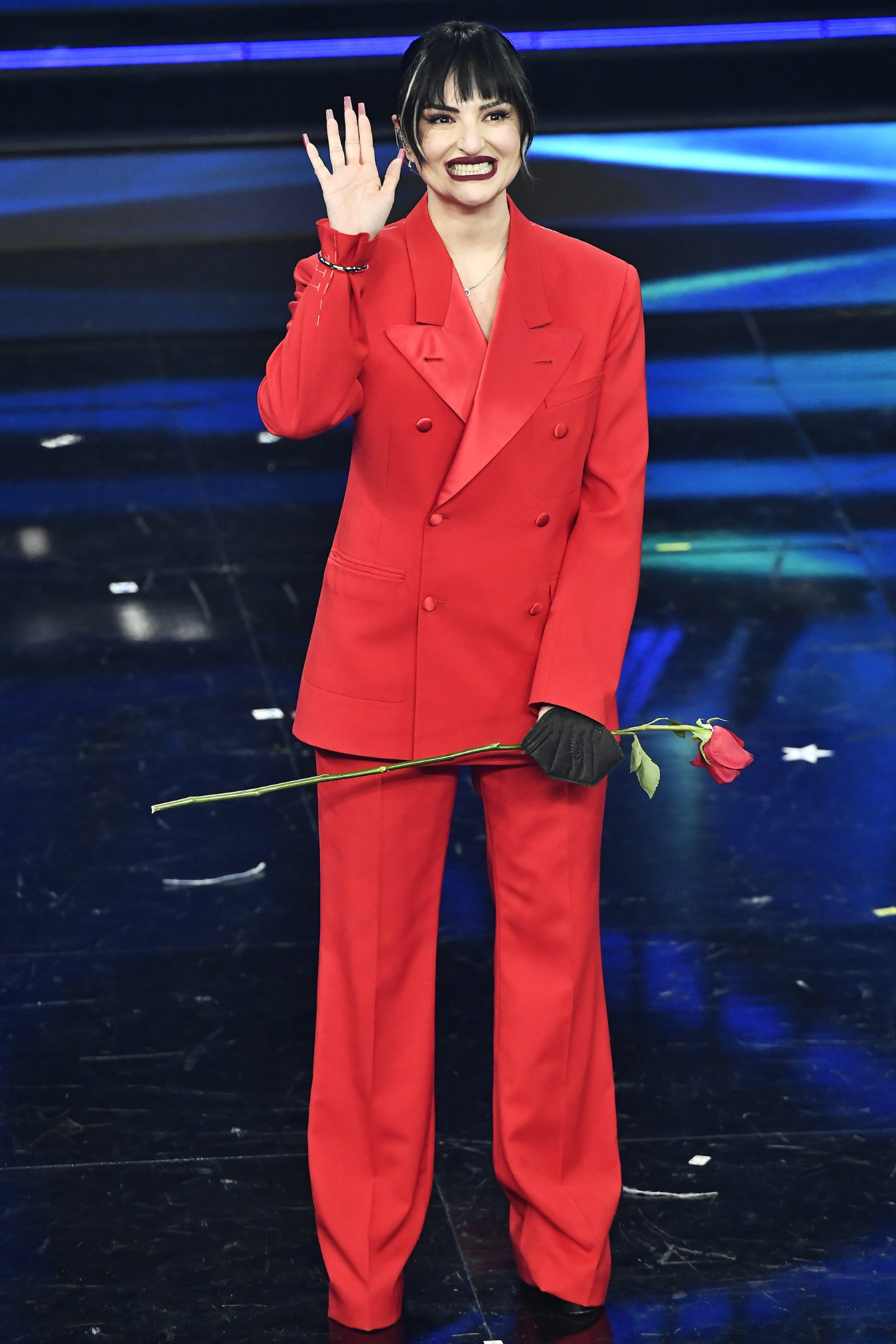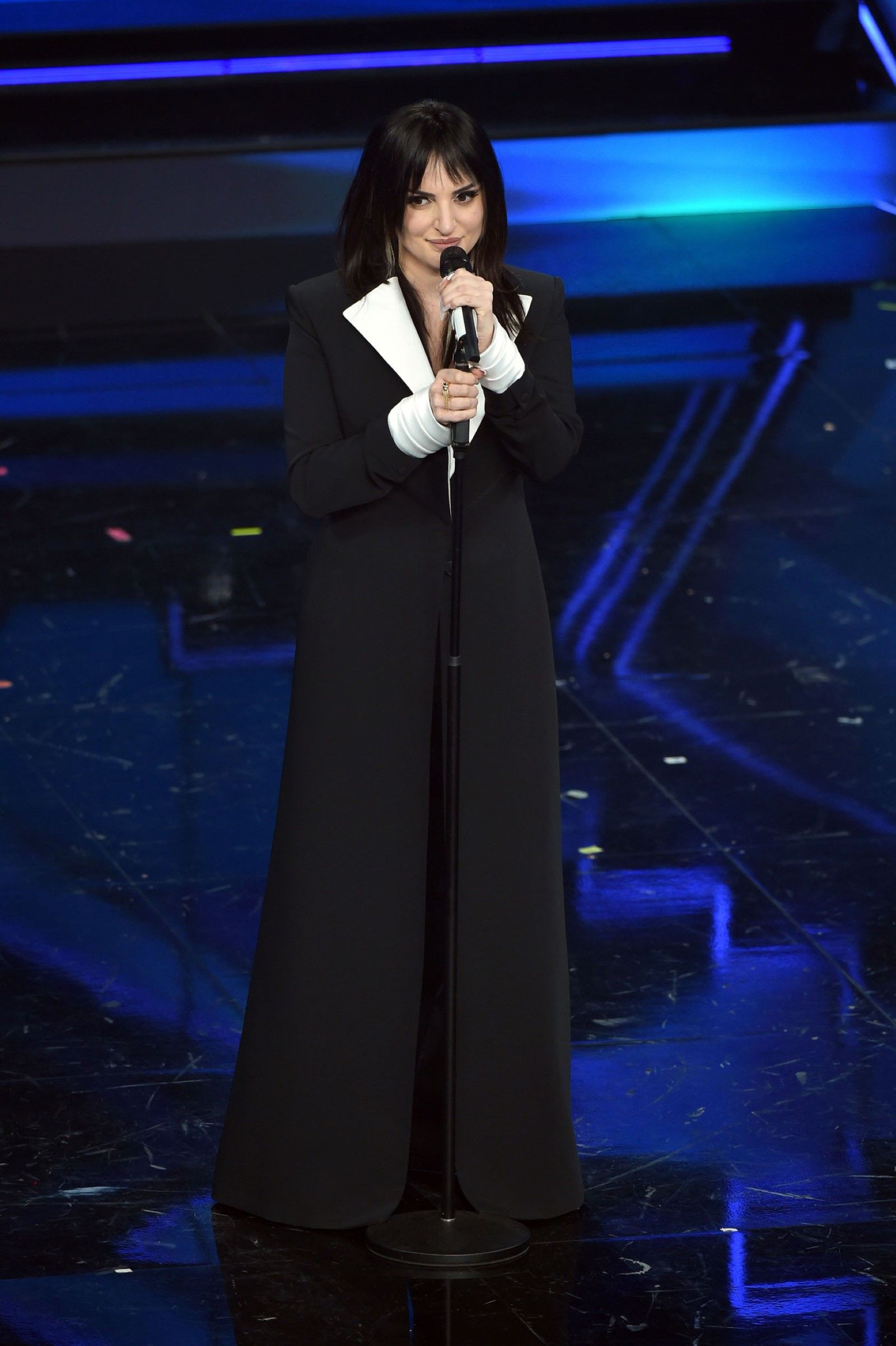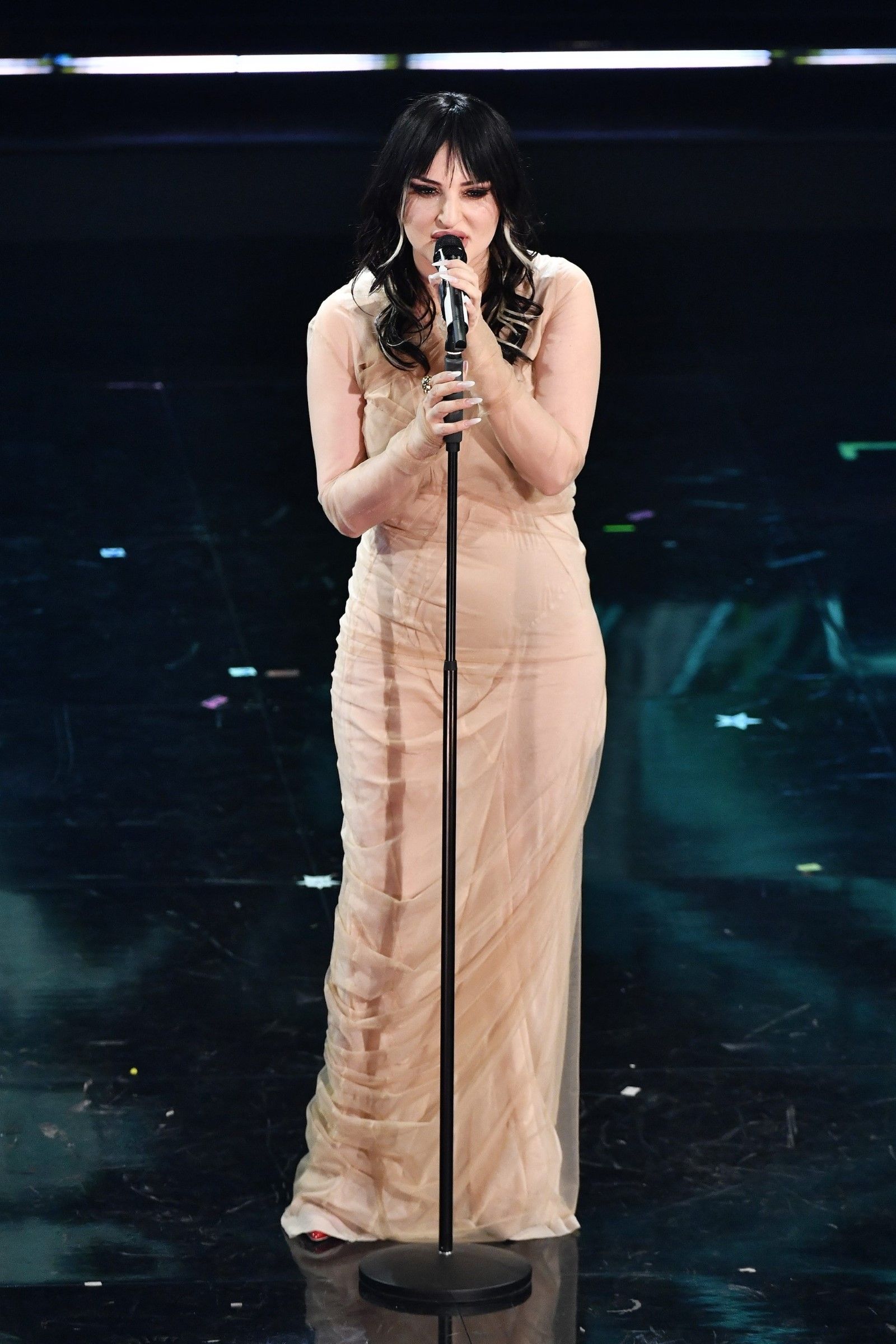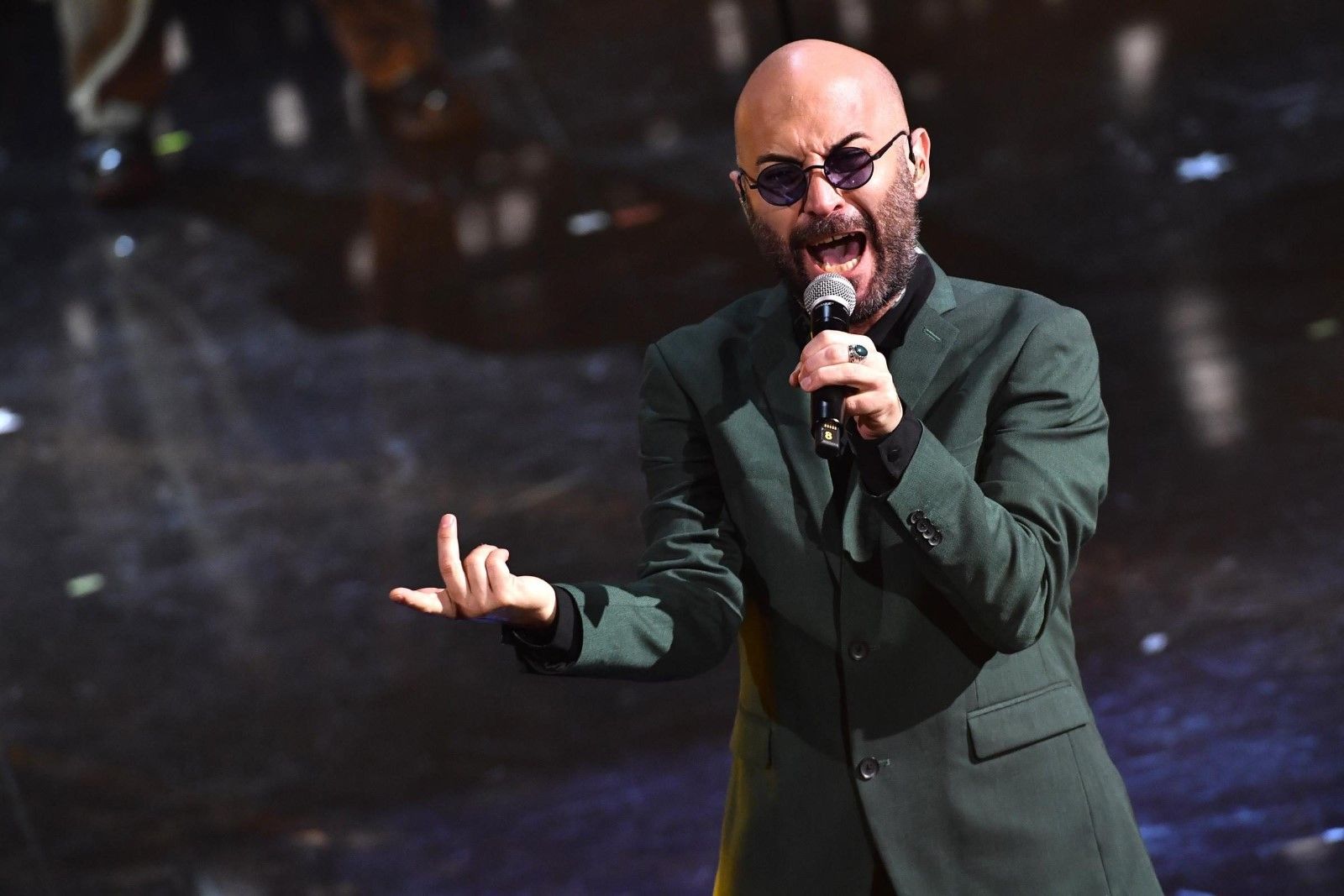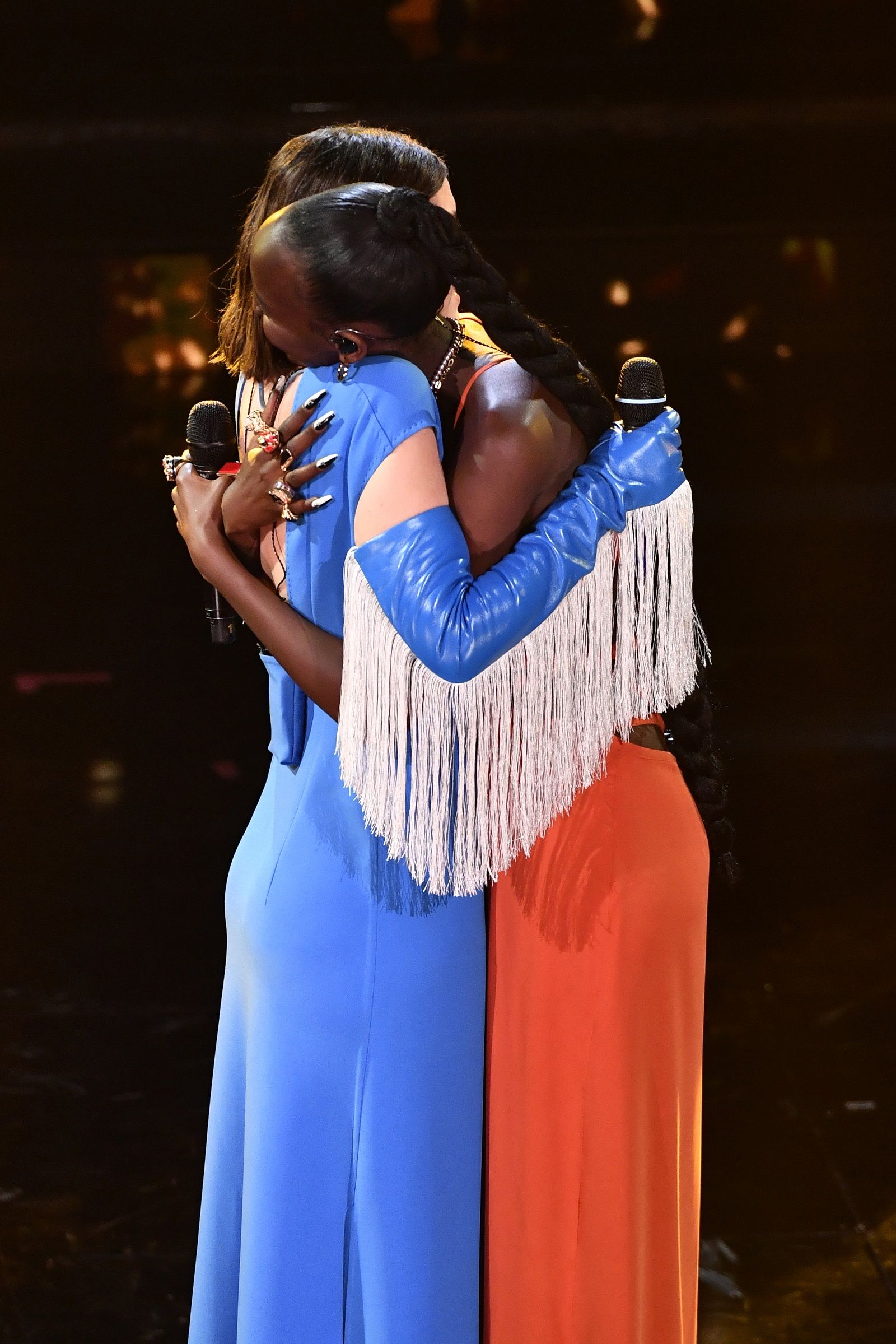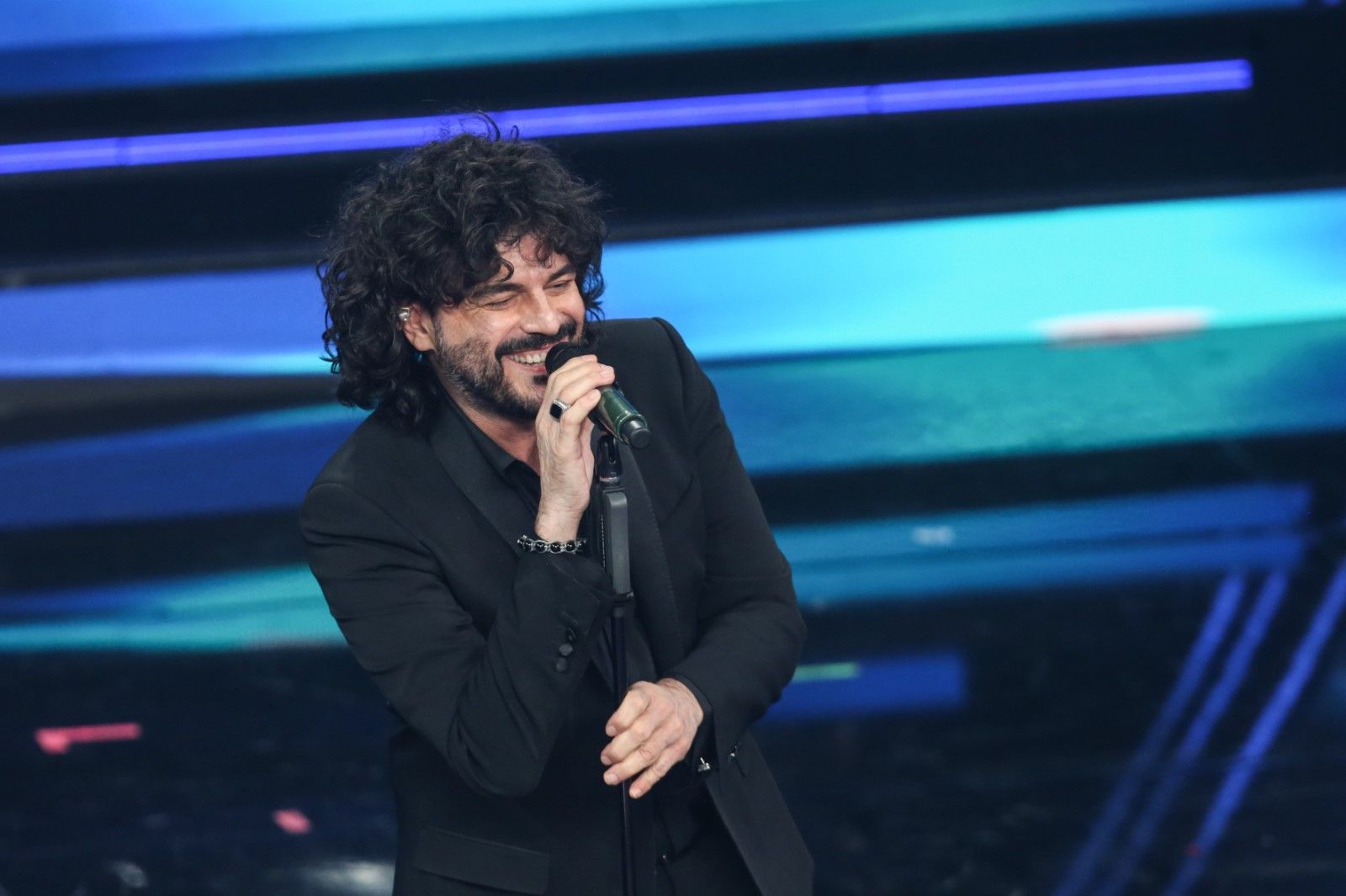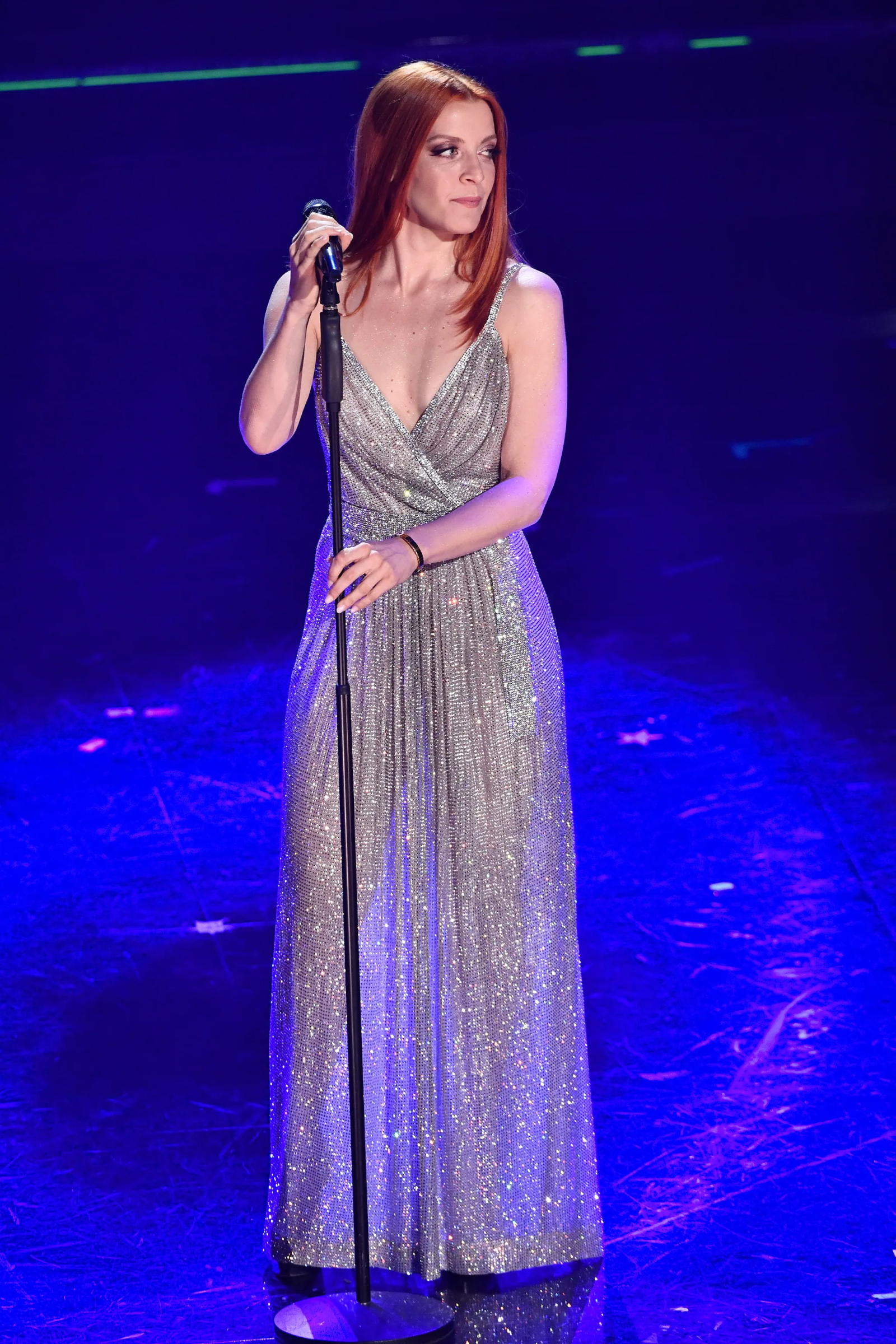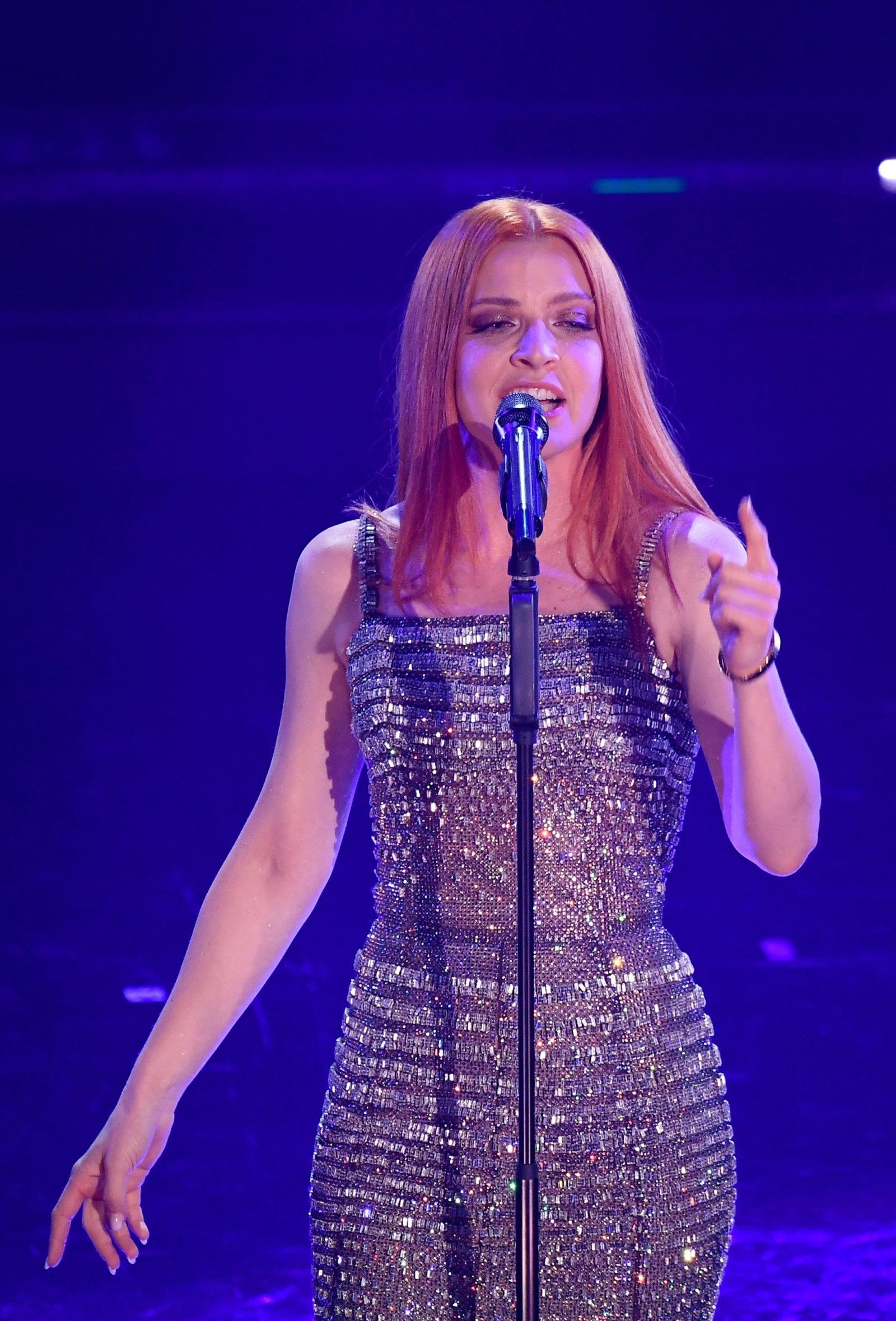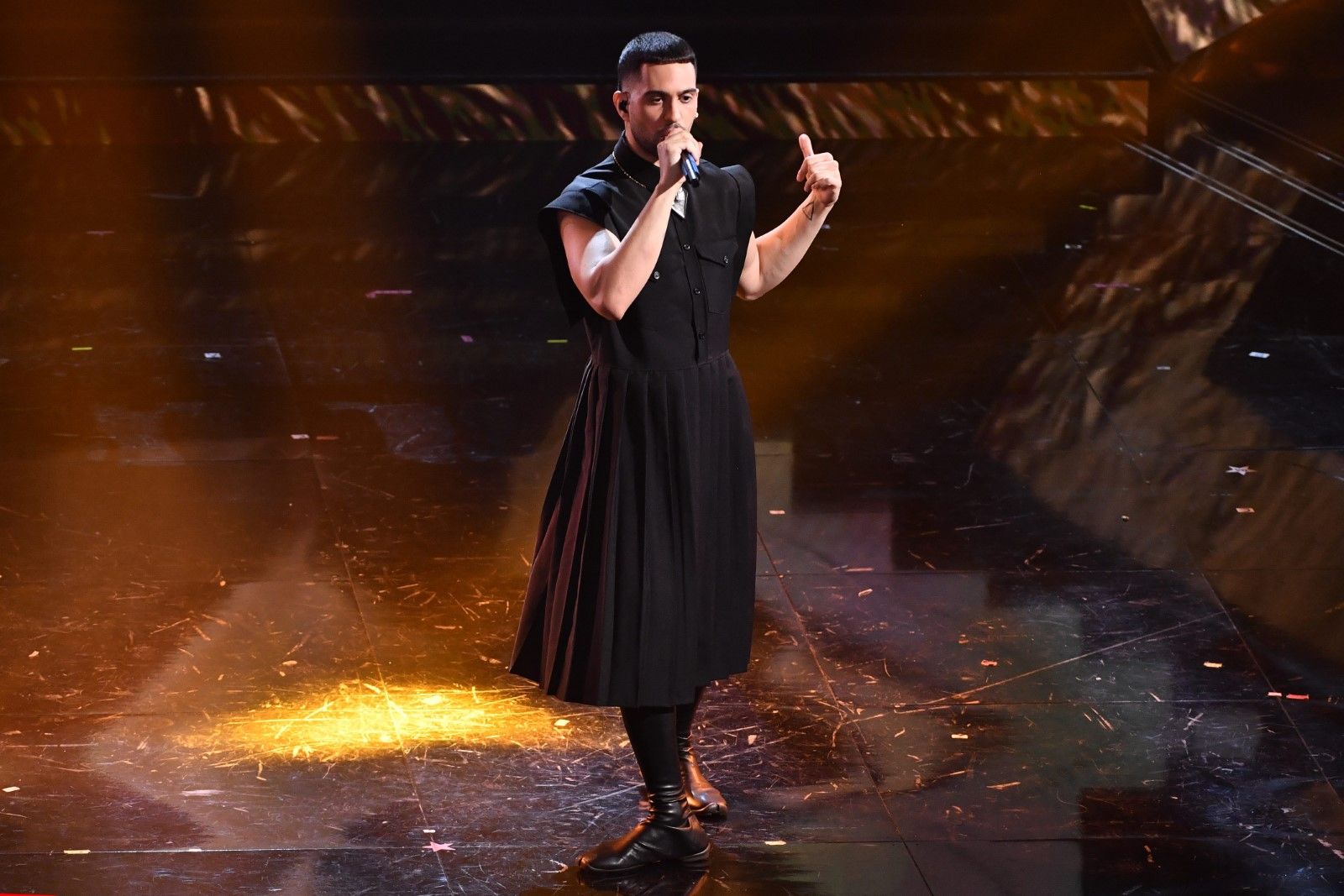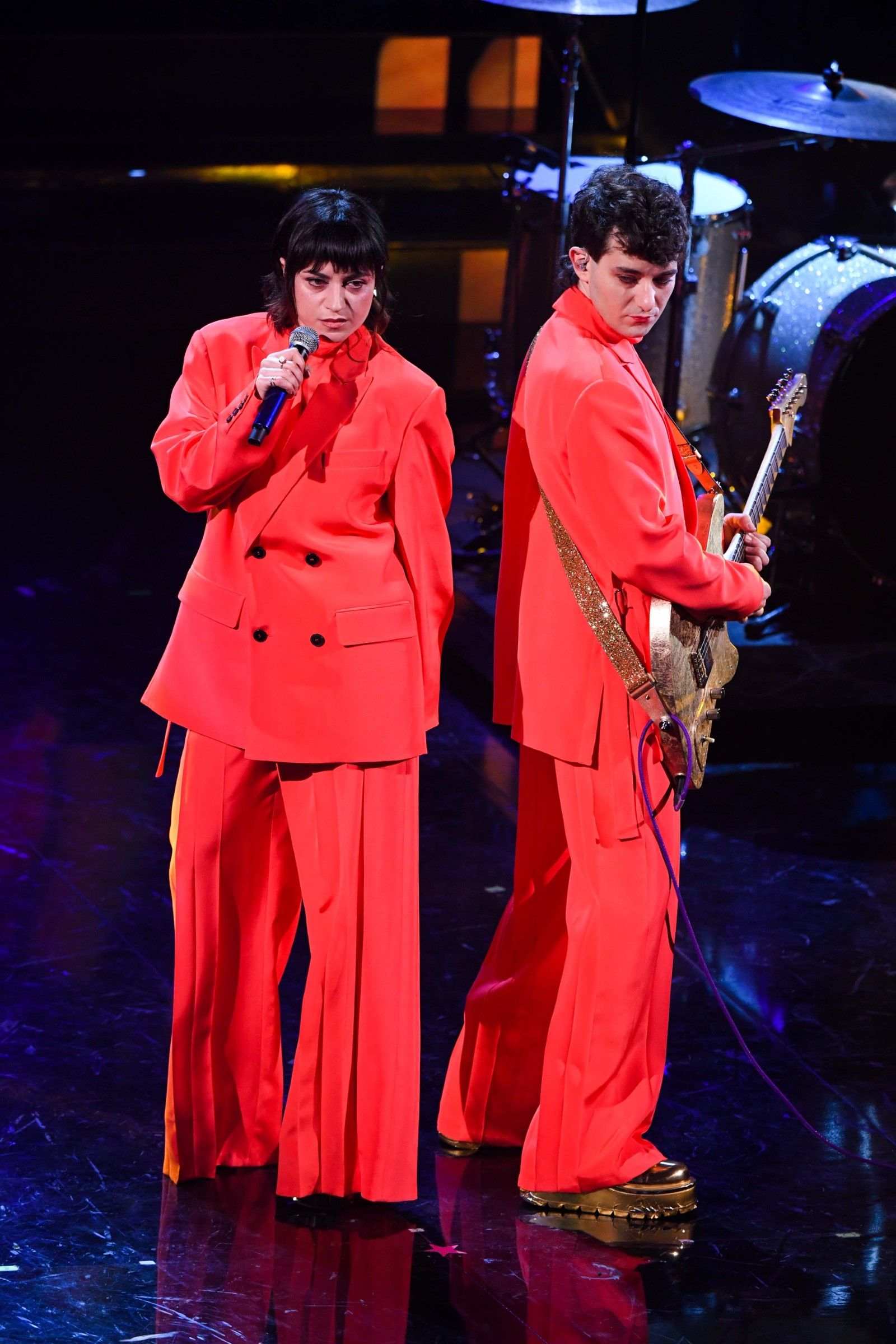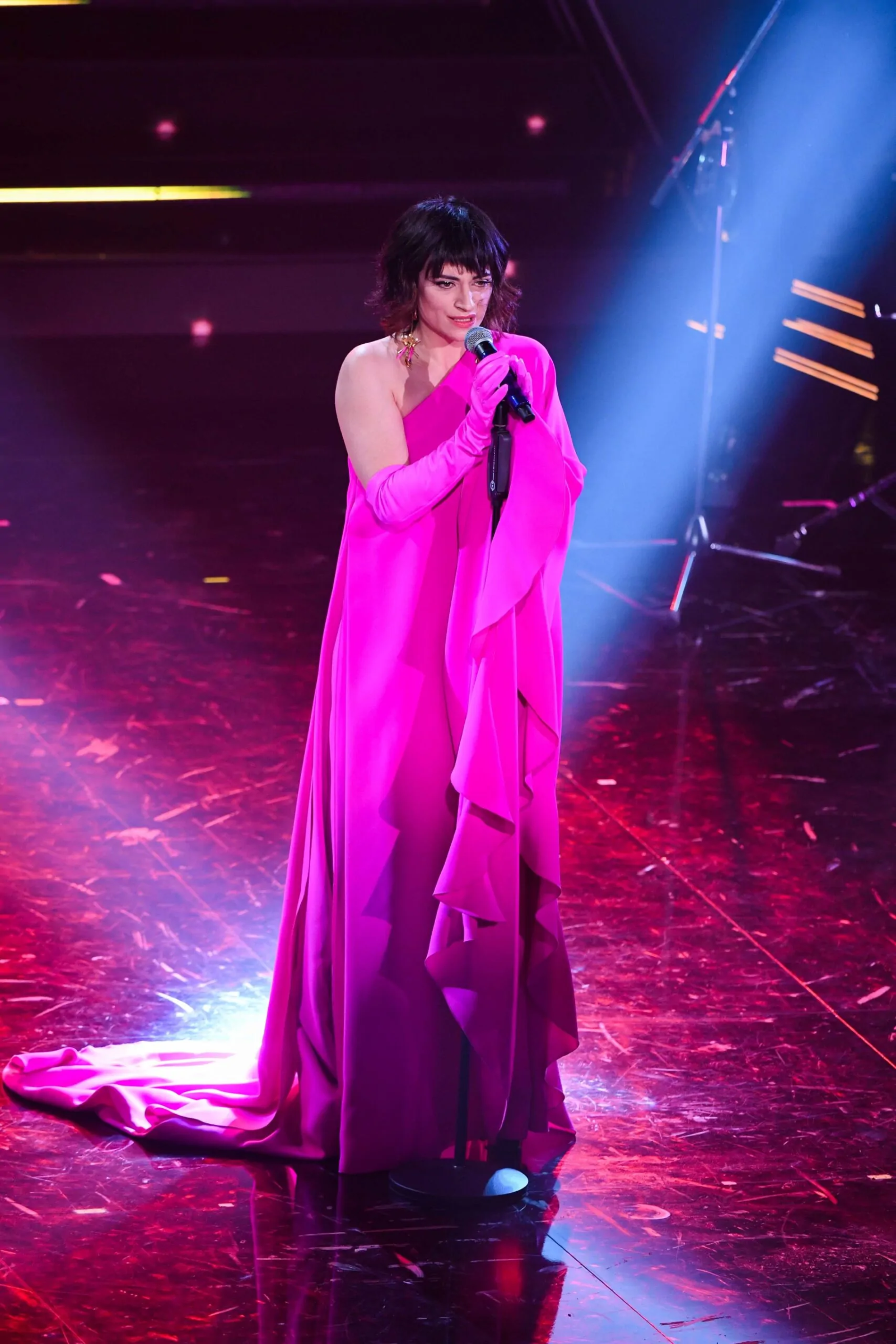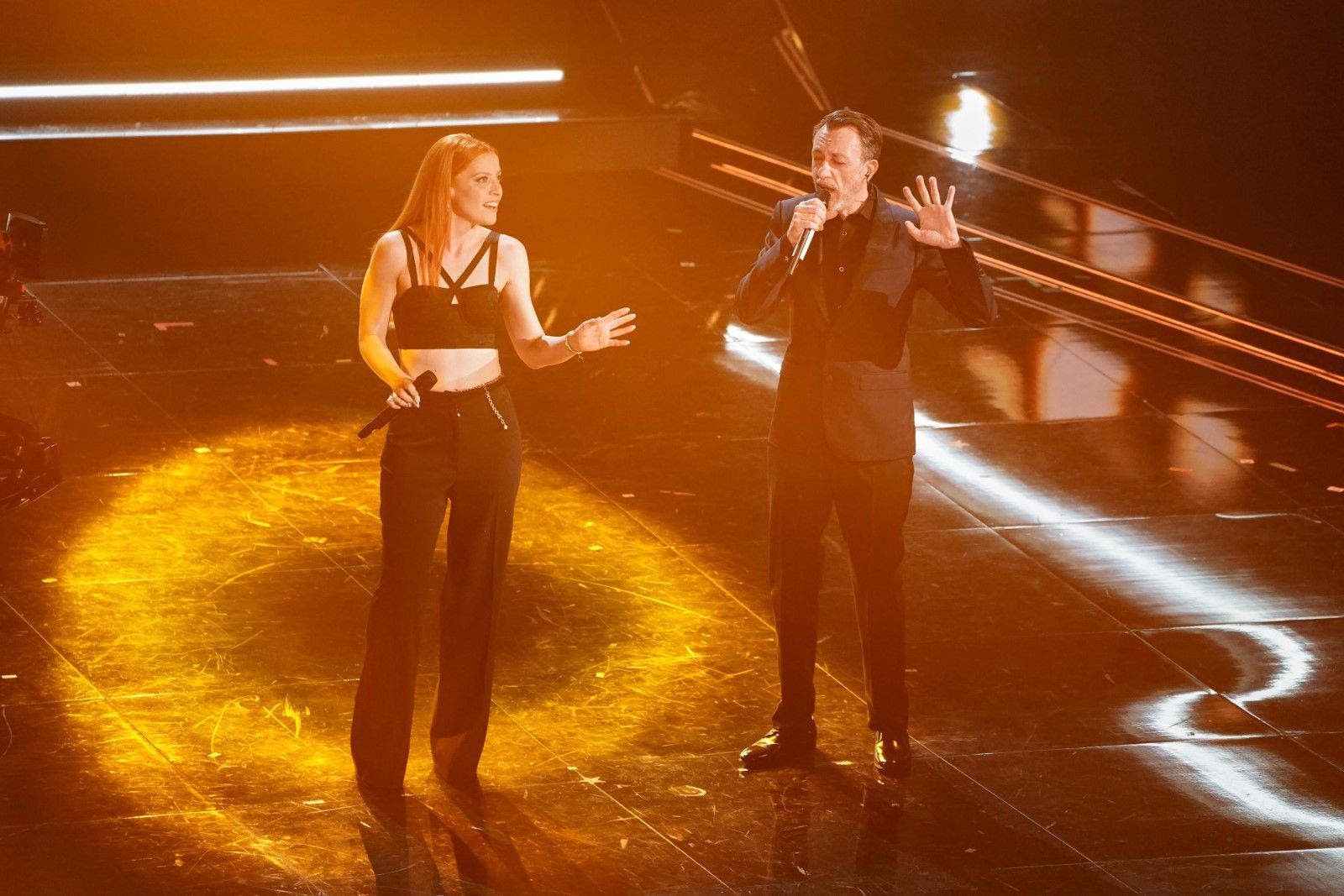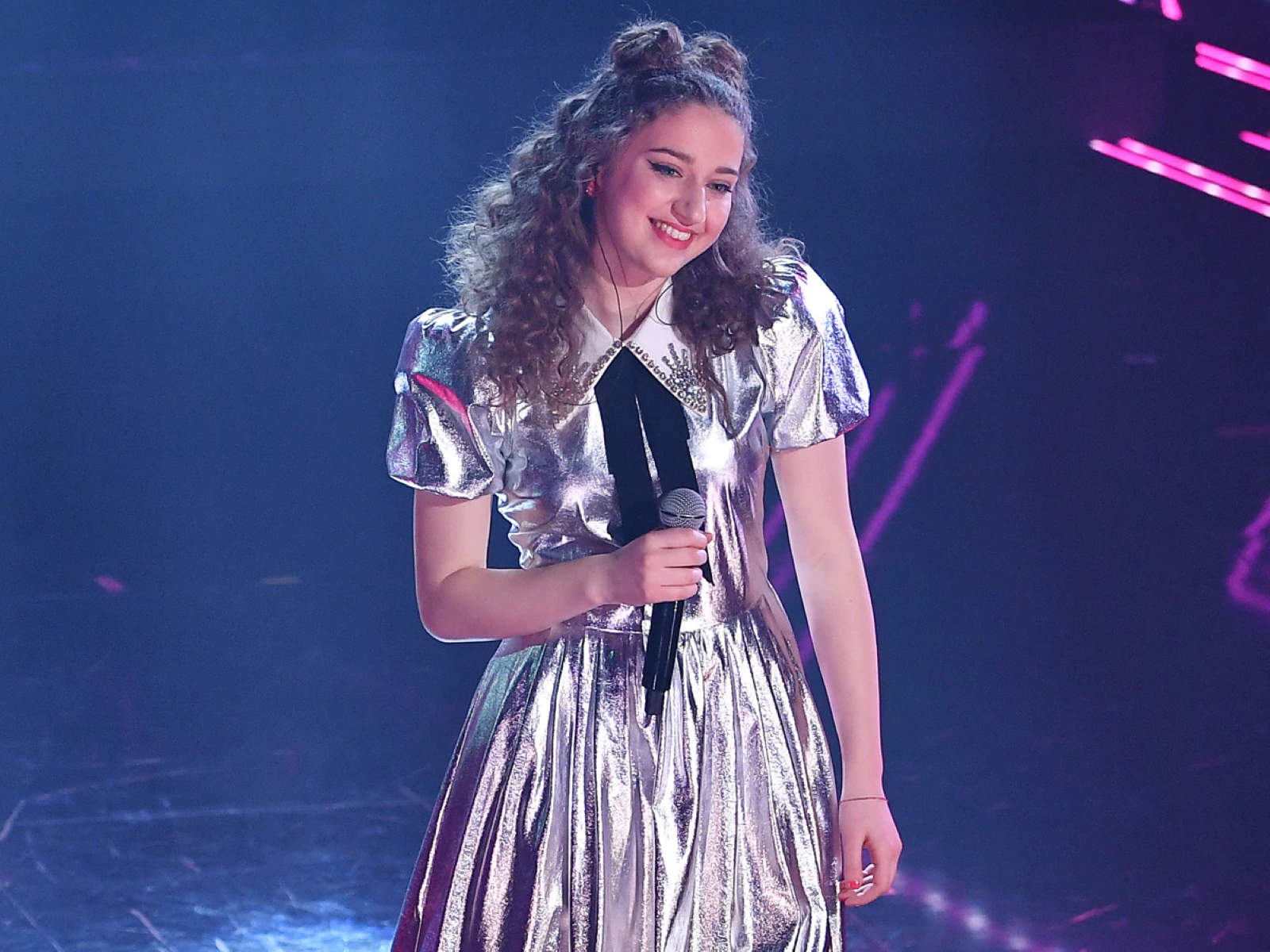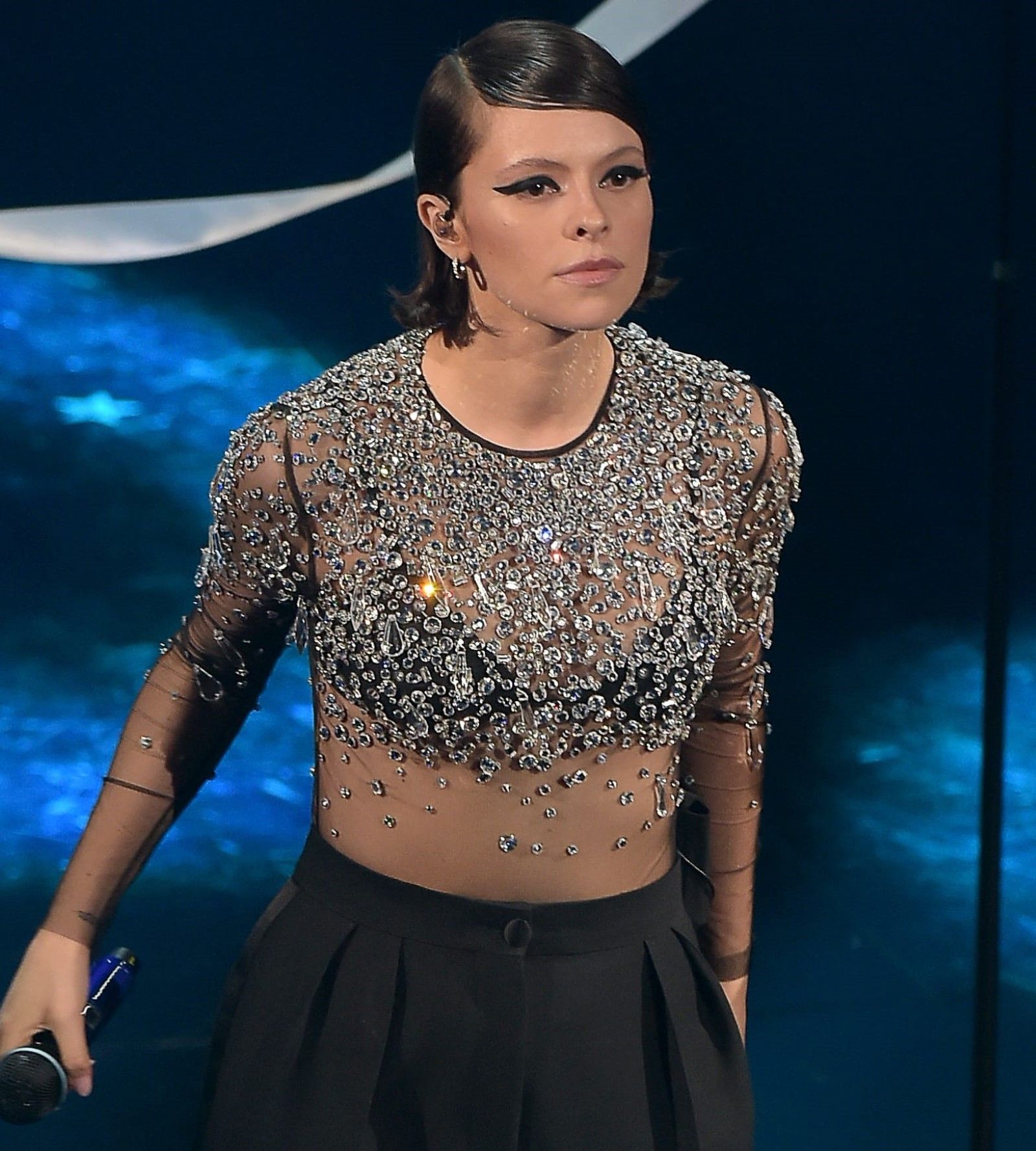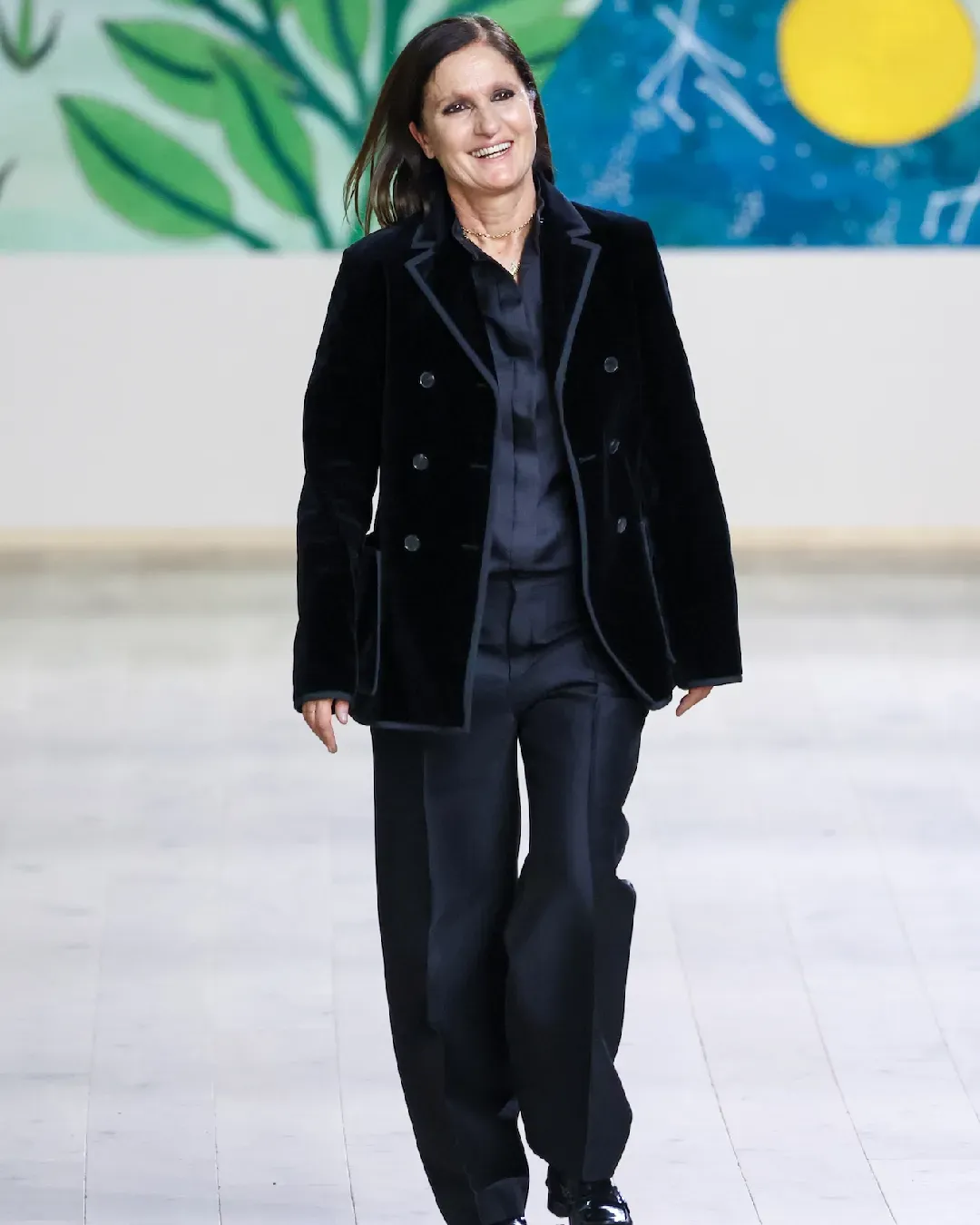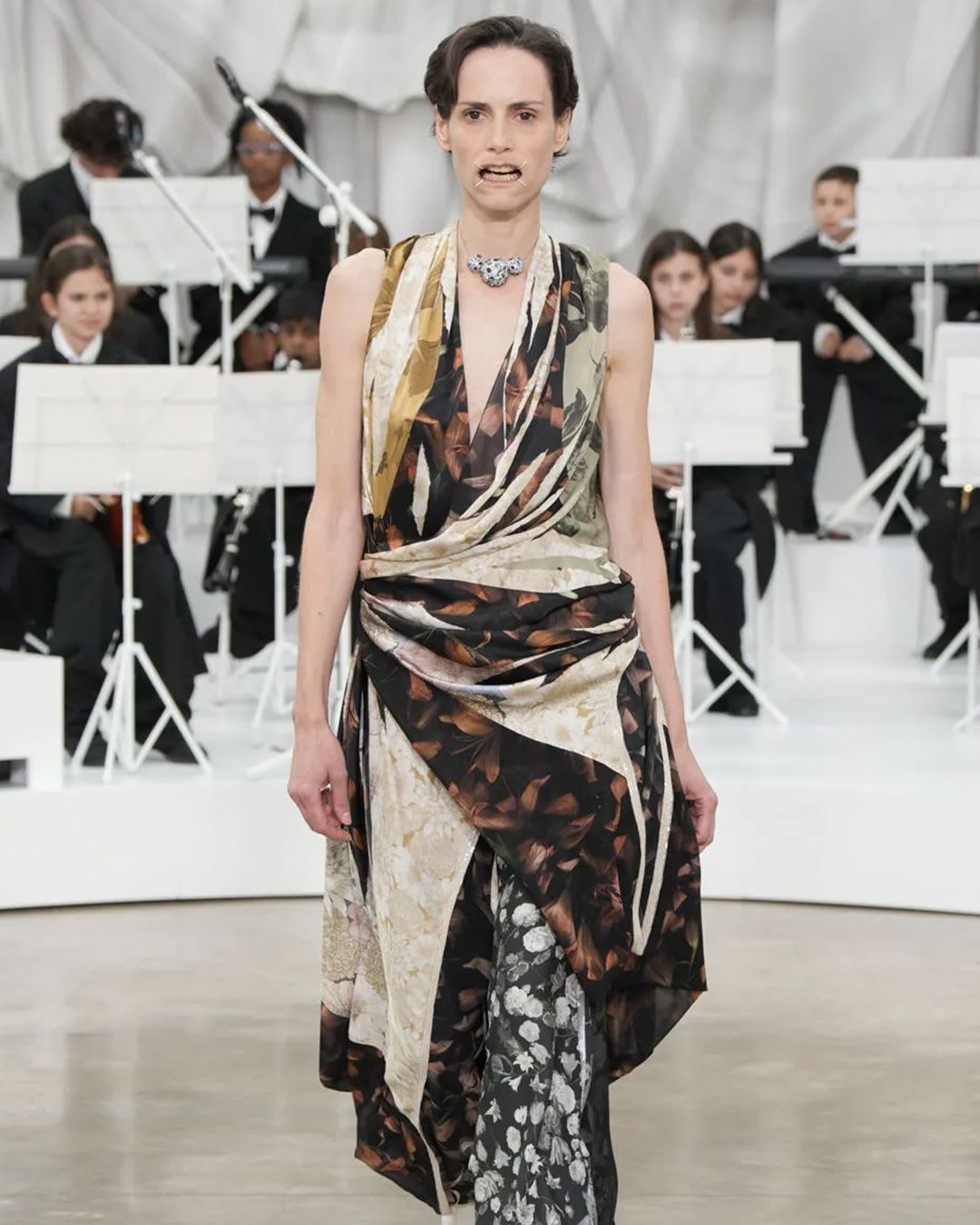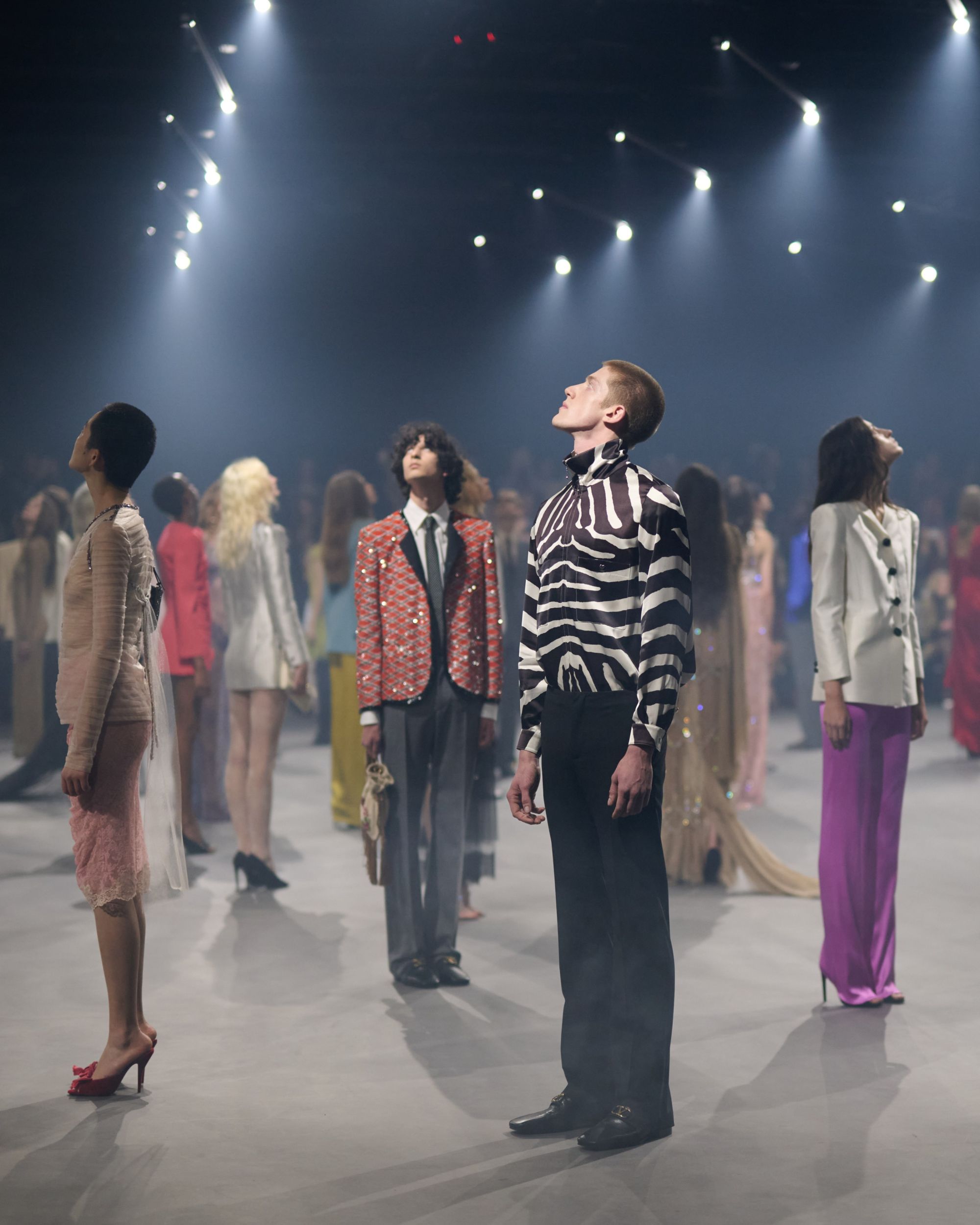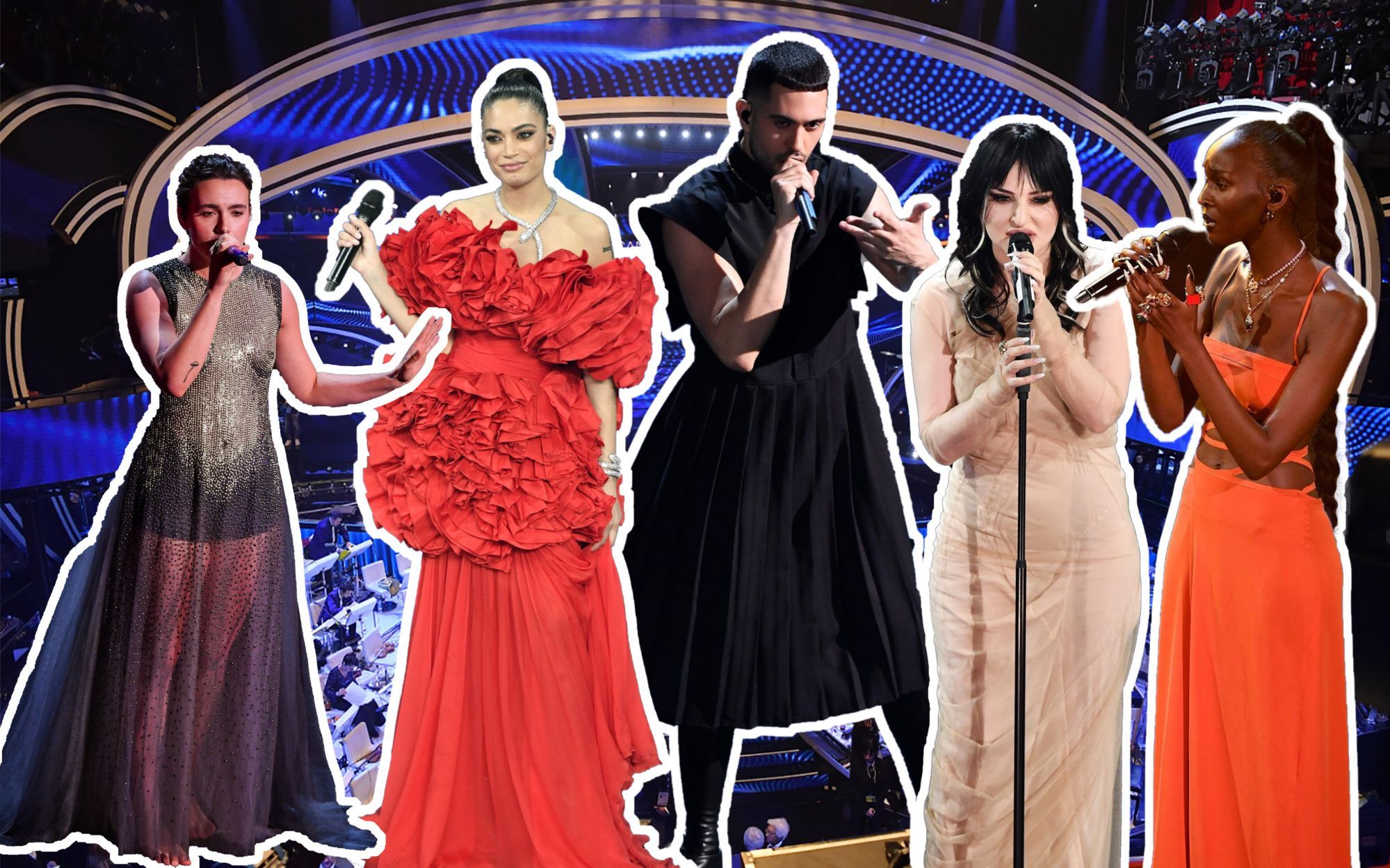
How do you pick an outfit for an artist in Sanremo? The five stylists of the main artists seen on stage at the Ariston tell us about their creative process
This edition of Sanremo was all about young people. And perhaps this year more than in others fashion has played a huge role in defining the various personalities that have followed each other on stage – but the charm, fame and above all the style of these great personalities is the result of the work of their stylists, who are the main mediators among singers and fashion designers , as well as the main responsible for an adequate "translation" of their personality in visual terms on stage. It is certainly a complex work, which leads these professionals to have to confront both the great fashion brands and the great characters of music – a work whose dynamics are creative, but also communicative and cultural: all fashion finds space on the stage of the Ariston, from the most traditional to the most avant-garde. The real limit is just the imagination of the stylists themselves.
And that's why we decided to ask directly five stylists of the main artists and super-guests of the 71st edition of the festival to tell us all the backstories of fashion in Sanremo.
SIMONE FURLAN (@simonesifufurlan)
Madame, Annalisa, The Kolors, Pinguini Tattici Nucleari
What does a look have to look like to be authentically "sanremese"?
I am very attached to Sanremo and I have been watching it all my life, in fact I am almost obsessed with the iconic performances of artists such as Anna Oxa, Loredana Bertè, Patty Pravo and Giuni Russo. I think a "Sanremese" look has to use fashion and entertainment to tell something. The visual element must be at the service of storytelling to better communicate both the artist and the song in the race.
What is the role of fashion within a festival like Sanremo?
Fashion has the role of approaching music and the two need to pollinate each other. Music has always been linked to fashion and vice versa. The Sanremo stage always requires a type of narration that also moves through style. This does not mean that the artist's outfit should always be branded but the image and look need to participate in the narration of the character. In addition, the outfits must also have the task of telling a little more about the brand and expanding its narrati
What aesthetic/concept inspirations have you followed for each of the competing artists you've followed?
For Annalisa, the idea was to convey silhouettes, textures and strong colors. We collaborated with Blumarine and its creative director Nicola Brognano: the first and fourth releases were from the latest FW21 collection, while the second and third of the SS21. The issue was to create impactful images, and the looks echoing the early 2000s worked perfectly. I varied silhouettes over the evenings to tell more facets of the artist and his song. It was great to be able to work with Nicola, a friend for whom I have a lot of respect. Annalisa has made all this stylistic journey her own. It is not always possible to establish an exchange that increases you both from a professional and personal point of view, with Annalisa it was like this.
For Madame I worked on four macrothemas: The Mirror, The Words, The Mother and The Bride. These concepts were inspired by Madame's song: in which the metaphor of the voice represents the personal identity that is first lost and then found. Madame is a wonderful author and this helped me create looks that had important concepts. In addition, all the looks were inspired by the works of artists such as Tomaso Binga and Libera Mazzoleni. The first theme, the Mirror, represented the comparison: reflecting the voices of the world to find one's own identity. In the second episode, with the cover of Celentano, the concept was "Le Parole", we evoked the singer's look during his historic performance, with the suit and crescent glasses. On his top and on the shirts of the dancers there is a phrase by Libera Mazzoleni. For the third installment the concept was "The Mother" as a metaphor for creating one's voice. While in the last episode I marry him with his own Voice and find his own identity. I am immensely grateful to Maria Grazia Chiuri and her team to whom we presented the concepts and with whom we collaborated for everyone custom.
Tell us about how the creative and look selection process works between you and the artist.
It is more of a collective work. Obviously in my position as stylist and art director I propose ideas to tell song and artist on stage – singers must also speak in pictures. Fashion, at this juncture, is the dish on which to serve the dish, which is music.
In your experience, is an original look or a spectacular look more successful?
Although this is my first Sanremo as a stylist, I believe that the secret is a mixture of the two. The important thing is to center: to be conceptual in step with the song or to be very glam in step with the song. It is worth sacrificing one or the other to better communicate the song and the character. When the whole show works, you create a winning look. I remember the performance of Loredana Bertè with her belly in Sanremo '86 - which was then used as a reference for the theme of the Mother. It was a surprising and original performance but, in its own way, also glam – I struggle to separate the two because there is a conceptual glam and a glam conceptual. The glittering look is obviously easier – but you also need the right character. While the conceptual is often even less understood. It's all about creating the right layers of perception.
Which under-represented brands would you like to see on the Ariston stage?
I don't know if I would call it underrepresented but surely it would be nice if there was in-depth archive work. On stage at the Ariston I would like to see archive pieces by Thierry Mugler, Jean Paul-Gaultier, but also by Christian Lacroix and Schiapparelli, both old and new. I would also like to see many more emerging brands, on all Francesco Murano and Des Phemmes.
RAMONA TABITA (@ramonatabita)
Elodie
What does a look have to look like to be authentically "sanremese"?
It must be iconic but also easily understandable to the general public.
What is the role of fashion within a festival like Sanremo?
It is fundamental, it serves to create the aesthetic imagery that will be associated with the song when you listen to it on the radio.
What aesthetic/concept inspirations have you followed for each of the competing artists you've followed?
For Elodie I worked on the concept of a fatal woman, but at the same time I also wanted to tell a young woman who realizes her dreams and does so wearing not the hype brand of the moment but those brands that all women dream of wearing once in a lifetime such as Oscar de la renta, Giambattista Valli and Atelier Versace.
Tell us about how the creative and look selection process works between you and the artist.
Most of the looks come first and foremost from a practical need, for example Elodie's Oscar de la Renta look was perfect for dancing, if she hadn't danced, I would have chosen a different look! I usually do a moodbord and discuss my idea with the artist, then we do a fitting of the looks and we understand together what works more and what less.
In your experience, is an original look or a spectacular look more successful?
When it comes to the talent, the talent attitude with the look on it makes the difference. The real success is when the artist is comfortable with the look and if then the look is spectacular even better!
Which under-represented brands would you like to see on the Ariston stage?
On stage at the Ariston, I'd definitely like to see Iris Van Herpen.
SUSANNA AUSONI (@susanna_ausoni)
Mahmood, La Rappresentante di Lista, Noemi, Francesca Michielin, Francesco Renga, WrongOnYou, Elena Faggi
What does a look have to look like to be authentically "sanremese"?
To be truly "sanremese" a look must take into account the important stage that allows the artist to express his or her art, so it shouldn't be out of context.
What is the role of fashion within a festival like Sanremo?
The role of fashion within the Festival is decisive. It is essential for those who do my job to find a link between the DNA of the artist and the semantics of the dress he will wear.
What aesthetic/concept inspirations have you followed for each of the competing artists you've followed?
For La Rappresentante di Lista I followed a poetic and genderfluid mood with Maison Valentino. For Noemi I wanted to create a hyper-feminine look with the historical archive of Dolce & Gabbana, full of light, crystals and precious fabrics. Francesca Michielin was a romantic-punk doll, and for her we chose Miu Miu. For Francesco Renga we opted for a classic and refined look, a timeless elegance without exasperation. WrongOnYou was dressed in urban style, with bomber jacket and strictly in a hat. Elena Faggi wore Marco Bologna with a porcelain doll fancy look, but also ironic and sparkling. Finally, for Mahmood we chose a look from Burberry's FW21 to tell how fashion surpasses the concept of gender – Mahmood is already in 3021.
Tell us about how the creative and selection process of looks works between you and the artist and whether you prefer an original look to a spectacular one.
In my experience, a look that respects the identity of the artist is more successful. Those who do my job must listen and visually translate what they see in front of them.
Which under-represented brands would you like to see on the Ariston stage?
Certainly there are brands that could have the right visibility or greater fit. This theme is very much about the creativity that must be faced, the artist who must be dressed and above all his musical identity. And it's also about courage. In our profession it is a fundamental theme, in order to make the most of the artist in front of you.
REBECCA BAGLINI (@rebeccabaglini)
Arisa, Negramaro
What does a look have to look like to be authentically "sanremese"?
Sanremo has changed a lot in recent years. It is very important in the conception of the look to have clear both message and the recipient but above all the place, that is, the stage of Sanremo. I would say that basically a Sanremo look remains in the history of both the festival and the costume. So it's a card to play very well. It must remain in the eyes and minds of the observer but at the same time marry with the identity of the artist.
What is the role of fashion within a festival like Sanremo?
The role of fashion is fundamental but it must also remain secondary to song and music – which is the real reason why all this happens. Although the success of an exhibition is always the result of multiple factors, including fashion.
What aesthetic/concept inspirations have you followed for each of the competing artists you've followed?
There are many inspirations. In the case of Negramaro we wanted to communicate a broader message related to eco-sustainability but also a tribute to Lucio Dalla, his glasses and his looks that have remained in the history of Italy. For Arisa, on the other hand, I was inspired by Marina Abramovich, her art and the desire to upset and involve the viewer making him the protagonist in many of his performance
Tell us about how the creative and look selection process works between you and the artist.
First of all, we try to understand the message that we want to convey, which comes from a feeling and the desire to tell one another. On the operational level, we try to visualize the brand that can best convey its feeling and that gives comfort and beauty in the performance.
In your experience, is an original look or a spectacular look more successful?
The looks can also be simply spectacular always depends on the message and how the artist chooses to give it life. The most beautiful look if it has no feeling dies.
Which under-represented brands would you like to see on the Ariston stage?
Certainly Sunnei, Magliano but also foreign emerging brands.
ELENA MOTTOLA (@elenamottola)
Lous and the Yakuza
What does a look have to look like to be authentically "sanremese"?
It obviously depends on the artist, but in my opinion it must have something singular, unique, spectacular, but always remain chic, and respect the Italian heritage.
What is the role of fashion within a festival like Sanremo?
In my opinion, the greatest importance is for 50-60% of the Festival. Not that music is not important, but, but the audience watches Sanremo for the performances of the artists, for the show, to be transported to a different universe every five minutes. And in this sense the look has a great importance, also because the stage never changes, so the expression of the performance is very linked to the look.
What aesthetic/concept inspirations have you followed for each of the competing artists you've followed?
For Lous we thought of a very feminine look, with a touch a little retro, sexy, and quite simple, very inspired by Cher. I wanted to put the emphasis on color, and shape, not so much on volume. I didn't want to make her burlesque, but rather very beautiful, and herself in the best way.
Tell us about how the creative and look selection process works between you and the artist.
For this occasion I created the look of Lous. We were talking about Sanremo, without knowing what to do again, and I proposed to him to make her a dress, so we can really do what we want. From there I sent her different inspirations, and we chosen two that we liked very much, with laces on her belly. After that I proposed a design and a fabric, and Let's go. First rehearsal, second rehearsal, and then on stage. It was all very quick.
In your experience, is an original look or a spectacular look more successful?
I like to in between original and spectacular. As I said before, I don't like to dress an artist, you have to listen to him very well, and then understand what works and what doesn't, and then take it in the right direction. The too original, or the too spectacular, I don't care.
Which under-represented brands would you like to see on the Ariston stage?
Younger, more independent brands. The festival tends to be too commercial, with only big Italian brands, I find it a little too bad.










































